 Abraham Lincoln
If given the truth, the people can be depended upon to meet any national crisis...
Abraham Lincoln
If given the truth, the people can be depended upon to meet any national crisis...
 Guildford news...
for Guildford people, brought to you by Guildford reporters - Guildford's own news service
Guildford news...
for Guildford people, brought to you by Guildford reporters - Guildford's own news service
Birdwatcher’s Diary No.257
Published on: 16 Jun, 2022
Updated on: 16 Jun, 2022
By Malcolm Fincham
As soon as June had opened its doors a low pressure weather system slipped back in, bringing with it rain throughout southern counties of the UK. By early that same evening, however, the sky had cleared and welcomed sunshine helped to bring some sounds of life to Whitmoor Common.
Linnets could be heard and viewed about the heathland. Now among them some streaky chested fledglings in tow.
Several summer visiting common whitethroats had already produced families of fledglings. The adults keeping a close eye on them from predatory eyes. In their eyes this also included me and my camera, so keeping a respectable distance was always my priority.
A family of stonechats could now be observed just beyond the fence line that has recently and temporarily introduced to retain the group of banded Galloway cattle that graze the heathland.
A few Dartford warblers had also now produced young, and could be seen skimming over the heather soon to be in bloom.
As the light began to fade, a sparrowhawk came out on patrol hoping to find any unsuspecting prey for its supper, unconcerned if it be young or old.
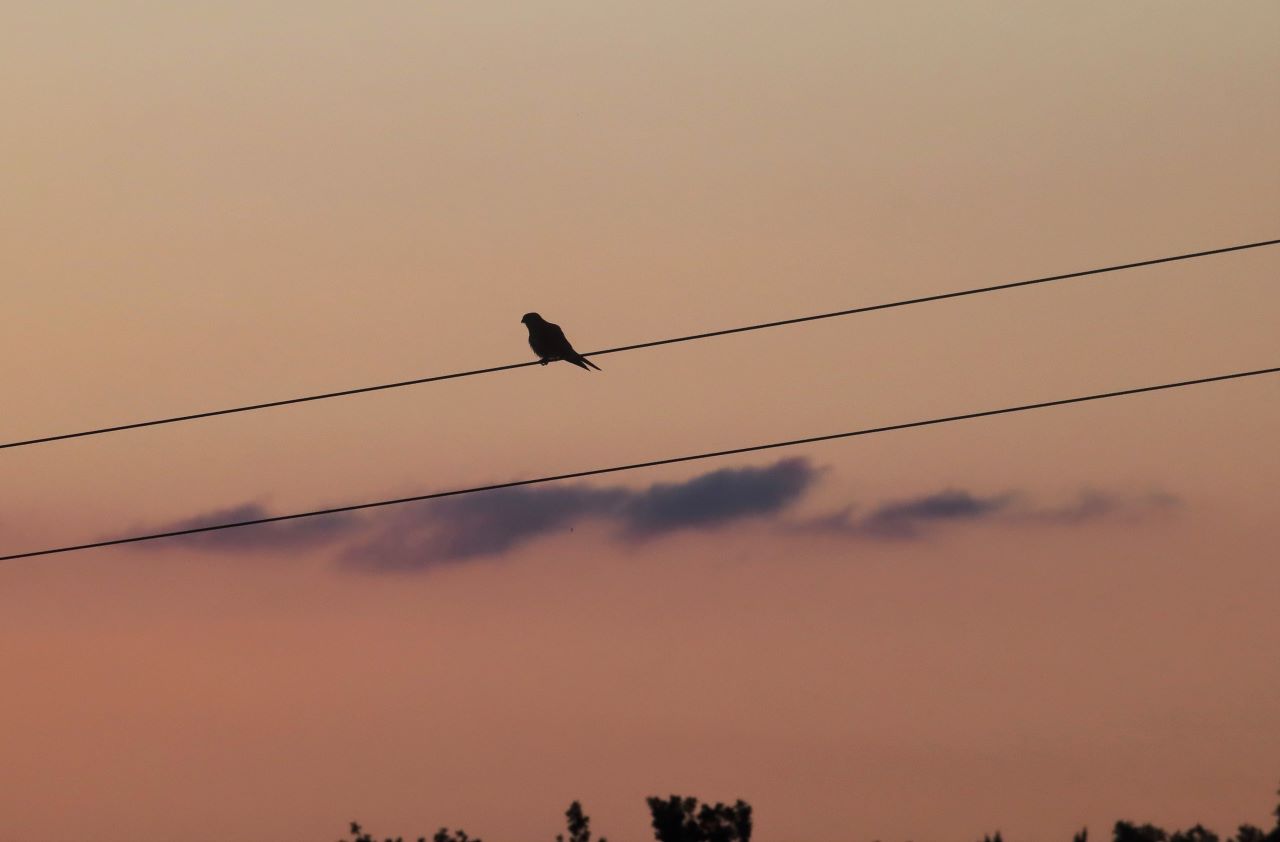 A kestrel also made an appearance as the sun closed in on the horizon, pinning itself in silhouette to the sky, making the most of the last minutes of daylight before retreating to its roost.
A kestrel also made an appearance as the sun closed in on the horizon, pinning itself in silhouette to the sky, making the most of the last minutes of daylight before retreating to its roost.
Sensibly, a woodcock awaited all the birds of prey to have returned to their slumber before it erratically flew overhead, in its classic flight patten known as “roding” across the heathland in hope of attracting a mate. As many as three could be counted that evening.
The highlight of the evening was saved to the last. Having spent a while “churring” from within a clump of silver birch saplings, a nightjar appeared at almost touchable distance as it flew about me, then perched up for a few moments on a nearby tree stump.
On a sad note it was the first year since writing these reports that I hadn’t heard a willow warbler at Whitmoor. I was about to add cuckoo to the list of birds once regularly seen there, but no longer, when just the following day while visiting the common one could be heard close by. “Perhaps it was just passing through, opportunistically calling?” were my disheartened thoughts.
I was otherwise distracted at the time by my first sighting of a hobby there this year. After some deliberation, I decided to stick with the hobby rather than to attempt what would have probably been just a fleeting glimpse of the cuckoo.
The hobby was in clear view and spending most of its time perched up in a dead tree, near to the footpath on which I was standing, but would occasionally stoop down with its amazing acrobatic prowess catching a dragonfly or two, then returning to the tree to consume them.
The dragonflies that could be seen there included what I believe to have been mostly female broad bodied chasers?
Along with lots of colourful damselflies.
A visit to Pewley Down on June 2 turned out to be a productive one for adding a few new species to my year in respect of butterflies.
These included my first meadow brown butterfly of the year.
A large skipper butterfly.
And even my first marbled white butterfly of the year.
Also finding several daytime-flying moths, including infamous Mother Shipton moth.
Also found there were common blue butterflies.
Small heath butterfly.
A few dingy skippers could still be found.
As well as several small blue butterflies.
Bird wise, along the blackthorn hedgerow at top of the hill, a chiffchaff could be heard.
A male blackcap poked its head out from within the hedgerow with a large insect in its beak.
And a family of linnets could be seen and heard, the adult male looking resplendent in its red plumage.
While common whitethroats showed well.
Looking out across the Chantries, a large tin bird could be viewed, no doubt heading home to its roost having been part of a majestic display over Buckingham Palace earlier in the day.
Sadly, however, there was an absence of the sound of a yellowhammer once regularly heard on Pewley Down, having been a day-to-day sighting in previous years.
By June 8 the first sprigs of blossom were beginning to appear on the heather. With some fortune I was able to catch sight of and photo my first silver-studded blue butterfly of the year, especially as it was the only one I chanced to see that day.
Starlings had remained in a sizeable family group throughout recent months within the old horse paddocks by Salt Box Road on the edge of Whitmoor Common. Also noting their less glossy young within the flock.
Also in the field, several mistle thrushes could be found, occasionally perched on one of the many fence posts still standing.
A number of green woodpeckers could be observed doing the same, as if on sentry duty for the ones feeding out of view in the long grass.
While a kestrel hovered overhead looking for small mammals in the tall grass.
At Britten’s Pond, also off Salt Box Road and just the other side of the railway line, a pair of great crested grebes made an appearance for a few days.
Canada and greylag geese continued to welcome visitors in hope that there might be some food to share, in return of their greeting.
The common terns having visited the pond daily in previous weeks, had now become less frequent.
The kingfishers continued to be viewed occasionally to those patient enough to await a “fly-by”. And a challenge for me in my attempts to capture one perched up and fishing.
Both male and female blackcaps could be regularly heard making “ticking” calls from within the surrounding undergrowth, the males occasionally breaking into their usual song.
While the various breeding “tit” families had now, apart from a few, had fledged their young.
A hybrid duck that has become a regular sighting there over the past few years appears to be confused of its parentage. Recently, it appears to have lovingly taken up following one of the non-indigenous Canada geese around the pond. What a confusing world this had become, as the look on the duck’s face showed?
With petrol prices exceeding what would now be equivalent to £8 a gallon, finances were now limiting me (as with many others) to erase some of the ventures I had pencilled in on my wish list. Fortunately, there was still plenty to see and investigate local to home. Although having to tighten one’s belt, my love for nature, as I’ve always advocated in my reports, can be viewed anywhere beyond one’s front or back door.
My continued concentration of Worplesdon locations, in the more northerly regions of Guildford, meant I was delighted to find a firecrest still present.
While red kites continued to be seen in their full glory
Despite of fuel costs, I couldn’t resist chipping in on the share for a trip to Somerset on June 10, with Bob and Dougal. This was in the hope to promote the good work done by a wildlife trust, and for me to see for the first time the large blue butterfly that has been reintroduced there. Apparently this was also an opportunity to bring my UK butterfly species-listing up to a respectable 53!
Although a little apprehensive that we might be too early in the year to see them, it was our only window of opportunity to make an attempt this year.
Despite its name, the large blue is a fairly small butterfly, but the largest of our blues. It had always been rare in the UK, but declined dramatically during the 20th century and became extinct in 1979. Reintroduced in the early 1980s, small populations are now surviving in the south of England. It breeds in warm, dry, unimproved grasslands, such as coastal or limestone grasslands.
The large blue has a very strange lifecycle. The caterpillars first feed on wild thyme, but then drop on to the ground and are carried away by ants who mistake them for ant grubs and return them to their nest. Here, the caterpillars feed on the ant grubs themselves, rapidly growing in size before turning into chrysalises. Click here for more information.
Added to the visit, a good number of bee orchids could be found there.
As weather conditions continued to settle within southern regions of the UK.
The following day I had the fortune to be invited on another trip, this time not so far from home. A new species of butterfly, the black hairstreak, had been found in Surrey only a few years ago. Although I did manage to see a few last year, it was late June by then, and the few individuals that remained were too elusive to photograph. These are the second of the “hairstreaks” to emerge, the first being the green hairstreak.
Our visit there on June 11 proved far more productive than expected with at least a dozen showing, most within good range for my camera.
A visit to Bookham Common on our return home was almost not worth the mention, with little in the way of sightings of any kind. A turn up for the “books” one might say. However, there were two white admiral butterfly, newly out and looking in pristine condition. One was even kind enough to perch up for a photo. Adding another butterfly to my year’s tally.
A plume of Continental warmth was promising to push up from the south as we approached the middle of the month. I wondered, in optimism, what I might be able to add to my next “diary” adventure?
Responses to Birdwatcher’s Diary No.257
Leave a Comment Cancel replyPlease see our comments policy. All comments are moderated and may take time to appear.
Recent Articles
- Guildford Institute’s Crowdfunding Project for Accessible Toilet in its New Community and Wellbeing Centre
- Letter: Guildford – Another Opportunity Missed?
- Letter: GBC’s Corporate Strategy – Where Is the Ambition?
- My Memories of John Mayall at a Ground-breaking Gig in Guildford Nearly Six Decades Ago
- Westborough HMO Plans ‘Losing the Heart of the Street’ Says Resident
- College Invests to Boost Surrey’s Economy and Close Digital Skills Gap
- Community Lottery Brings Big Wins for Local Charities
- GBC Housing Plan Promises ‘A Vibrant Urban Neighbourhood’ Near Town Centre
- Hospital Pillows ‘Shortage’ at the Royal Surrey
- Updated: Caravans Set Up Camp at Ash Manor School


Recent Comments
- Ian Macpherson on Updated: Main Guildford to Godalming Road Closed Until August 1
- Sara Tokunaga on GBC Housing Plan Promises ‘A Vibrant Urban Neighbourhood’ Near Town Centre
- Michael Courtnage on Daily Mail Online Reports Guildford Has Highest-paid Council Officer
- Alan Judge on GBC Housing Plan Promises ‘A Vibrant Urban Neighbourhood’ Near Town Centre
- John Perkins on GBC Housing Plan Promises ‘A Vibrant Urban Neighbourhood’ Near Town Centre
- S Collins on GBC Housing Plan Promises ‘A Vibrant Urban Neighbourhood’ Near Town Centre
Search in Site
Media Gallery
Dragon Interview: Local Artist Leaves Her Mark At One of England’s Most Historic Buildings
January 21, 2023 / No Comment / Read MoreDragon Interview: Lib Dem Planning Chair: ‘Current Policy Doesn’t Work for Local People’
January 19, 2023 / No Comment / Read MoreA3 Tunnel in Guildford ‘Necessary’ for New Homes, Says Guildford’s MP
January 10, 2023 / No Comment / Read More‘Madness’ for London Road Scheme to Go Ahead Against ‘Huge Opposition’, Says SCC Leader
January 6, 2023 / No Comment / Read MoreCouncillor’s Son Starts Campaign for More Consultation on North Street Plan
December 30, 2022 / No Comment / Read MoreCounty Council Climbs Down Over London Road Works – Further ‘Engagement’ Period Announced
December 14, 2022 / No Comment / Read MoreDragon Interview: GBC Reaction to the Government’s Expected Decision to Relax Housing Targets
December 7, 2022 / No Comment / Read MoreHow Can Our Town Centre Businesses Recover? Watch the Shop Front Debate
May 18, 2020 / No Comment / Read More



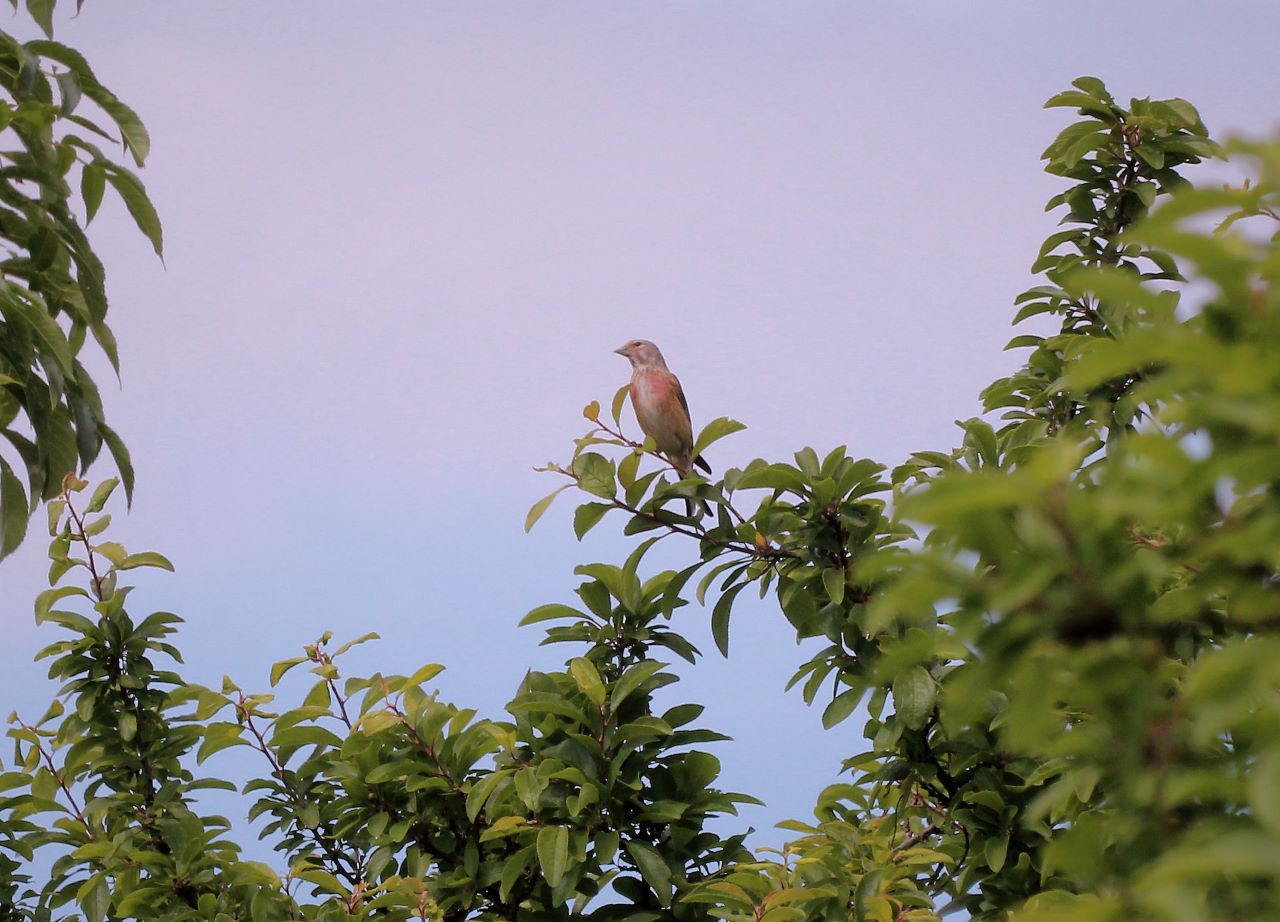
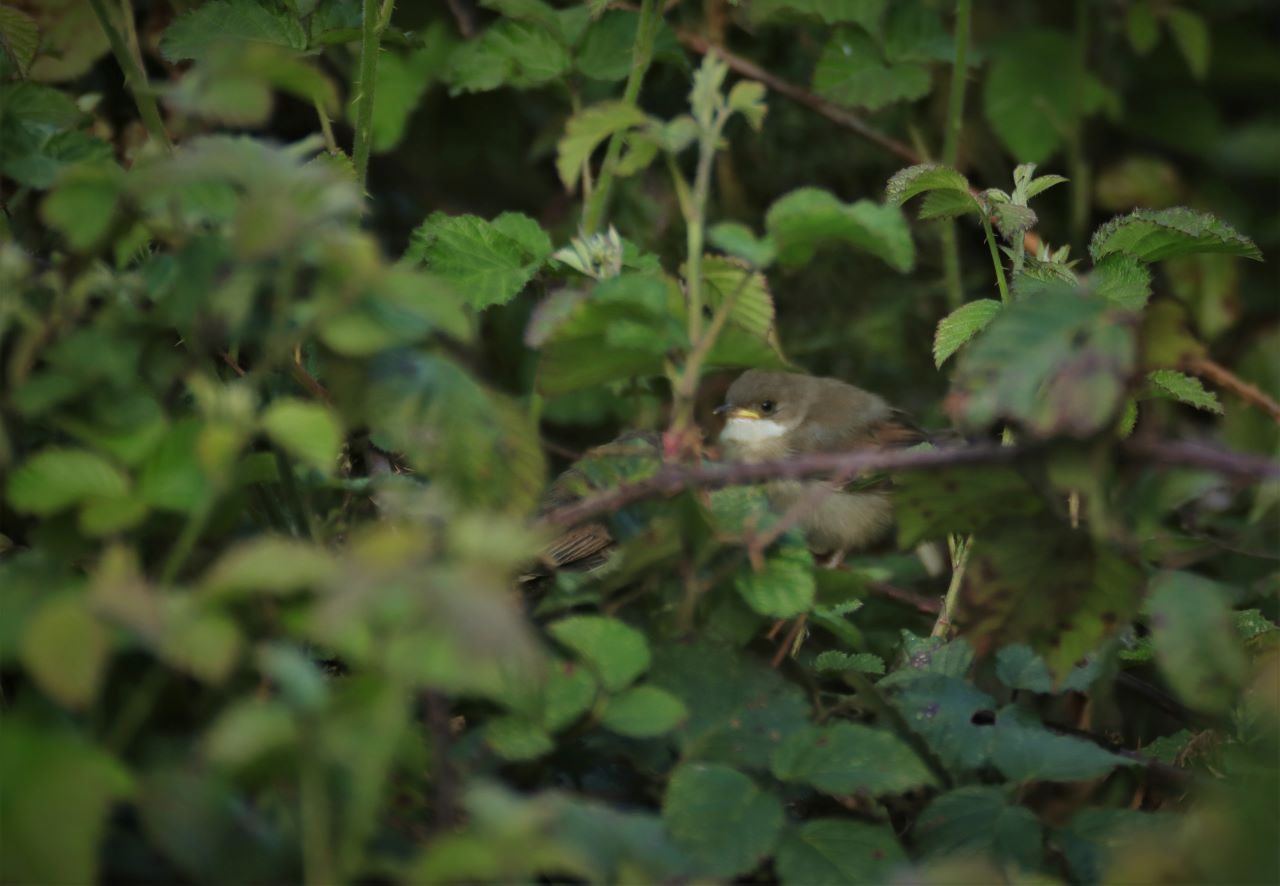
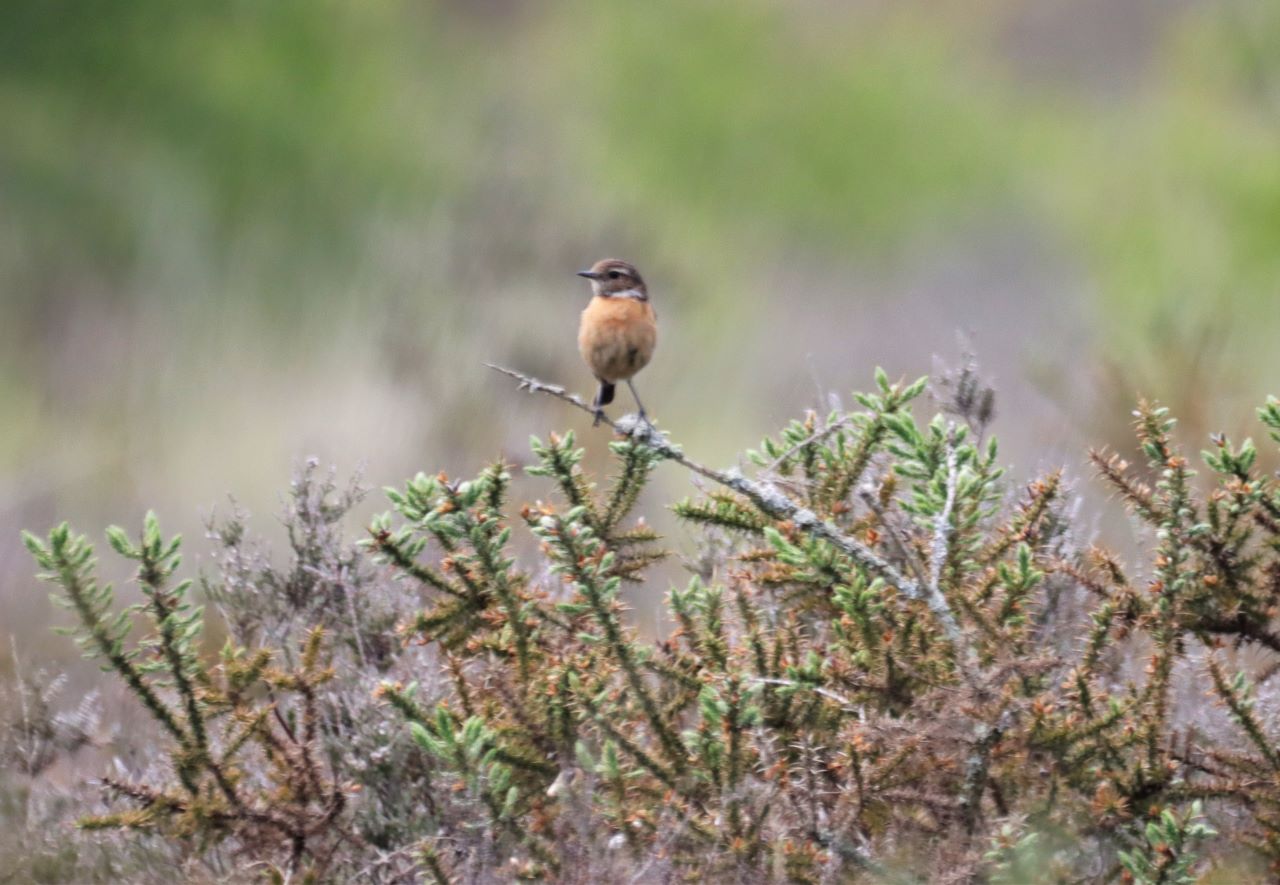
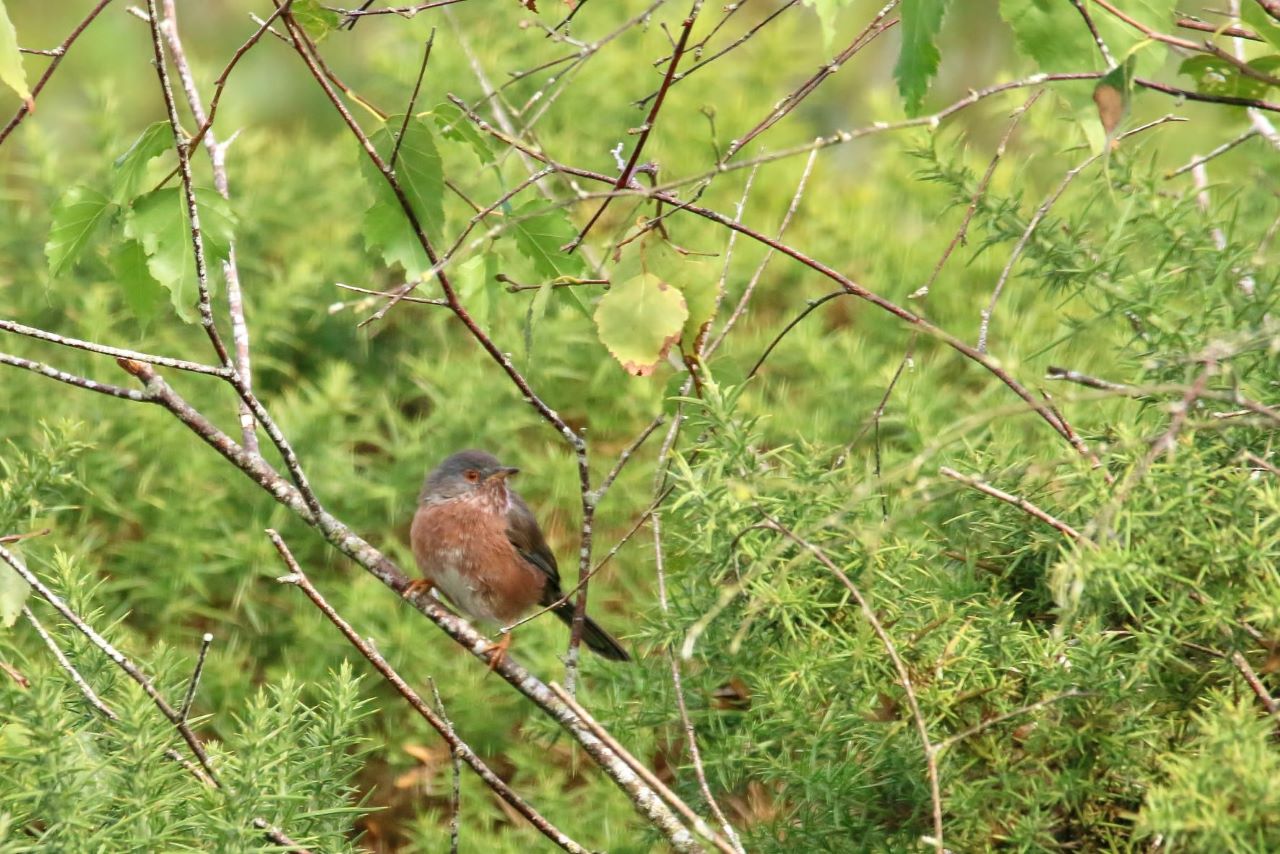
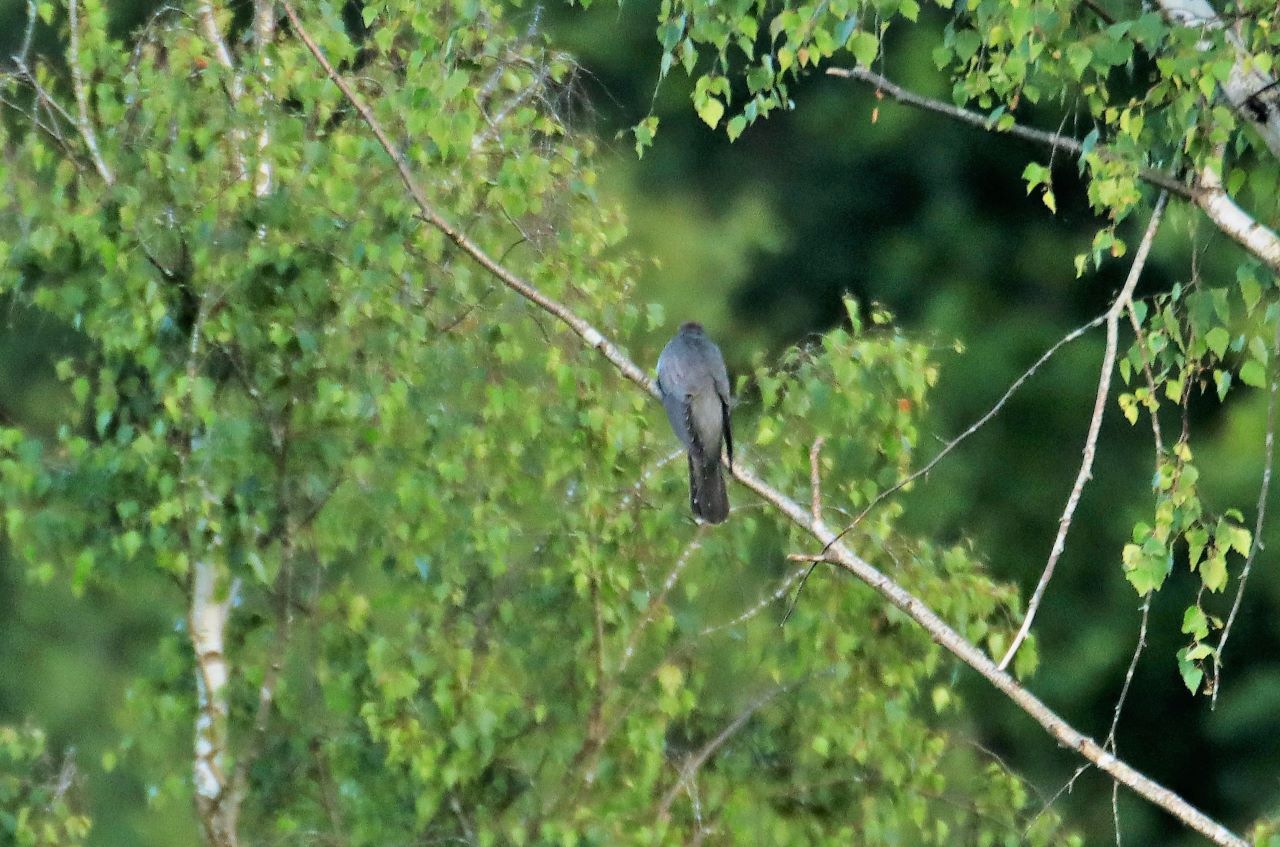
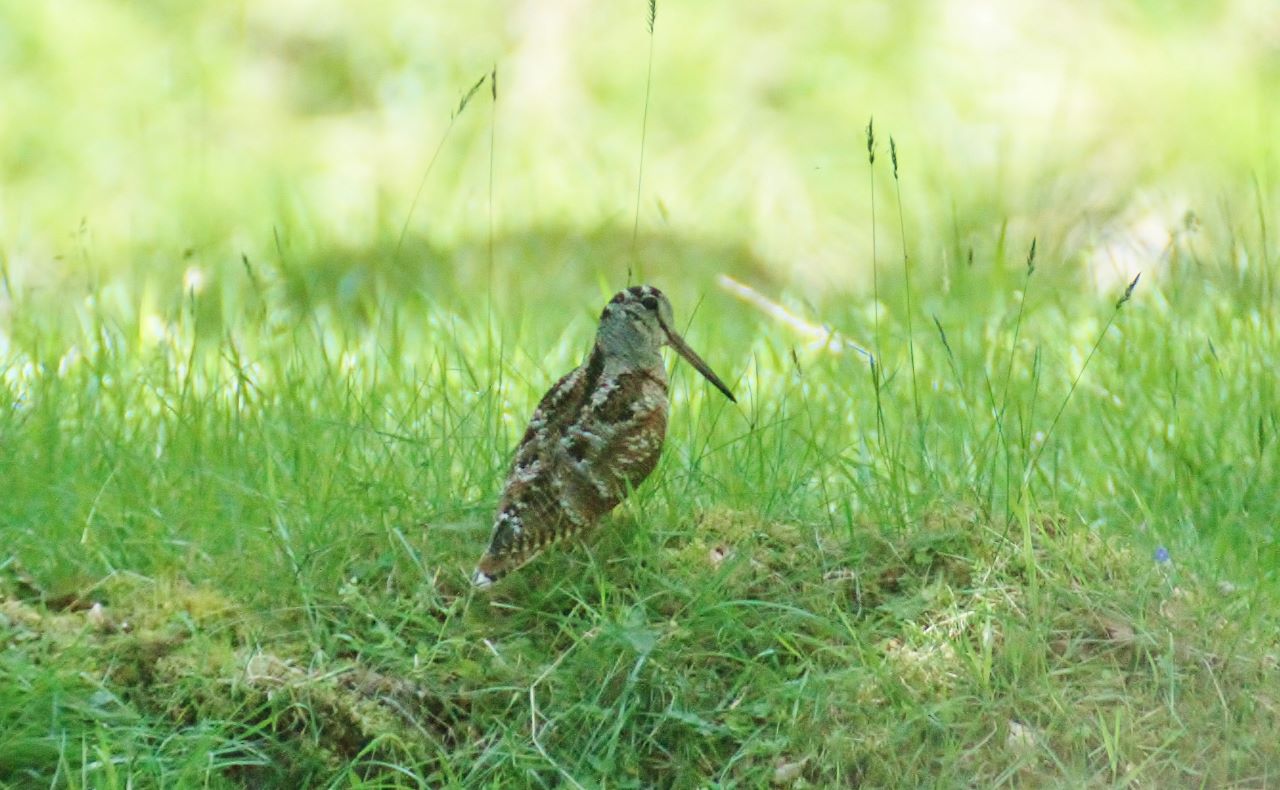

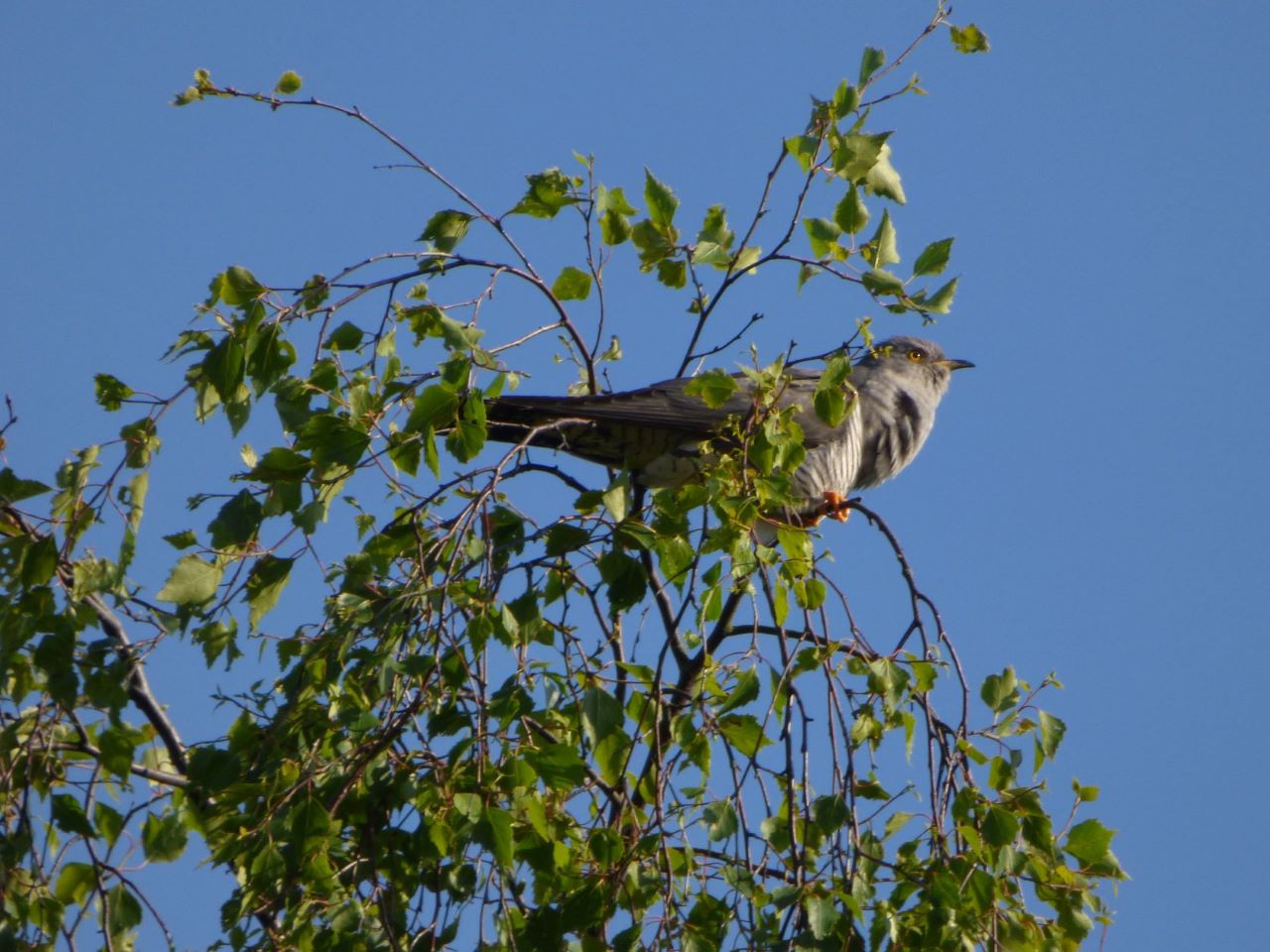
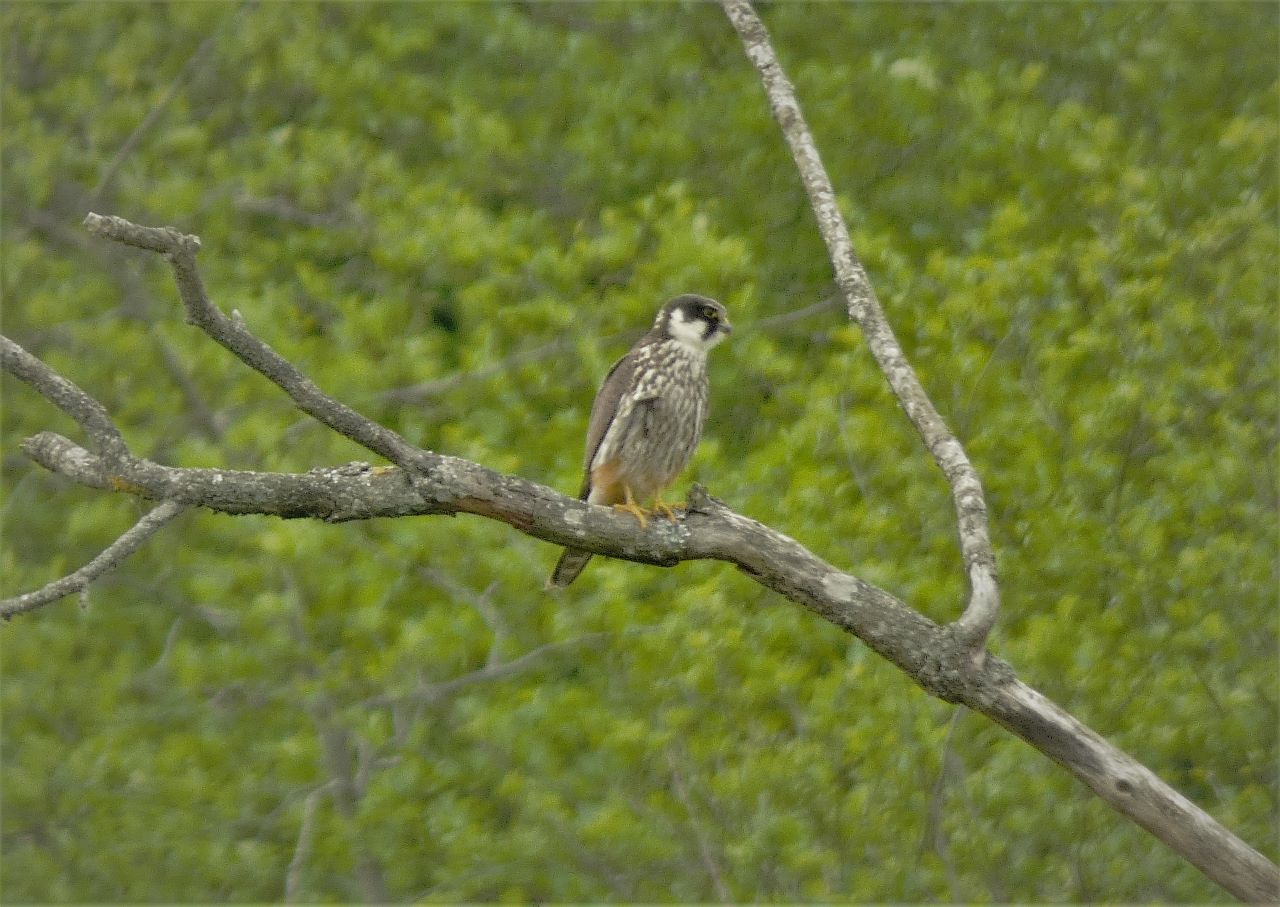


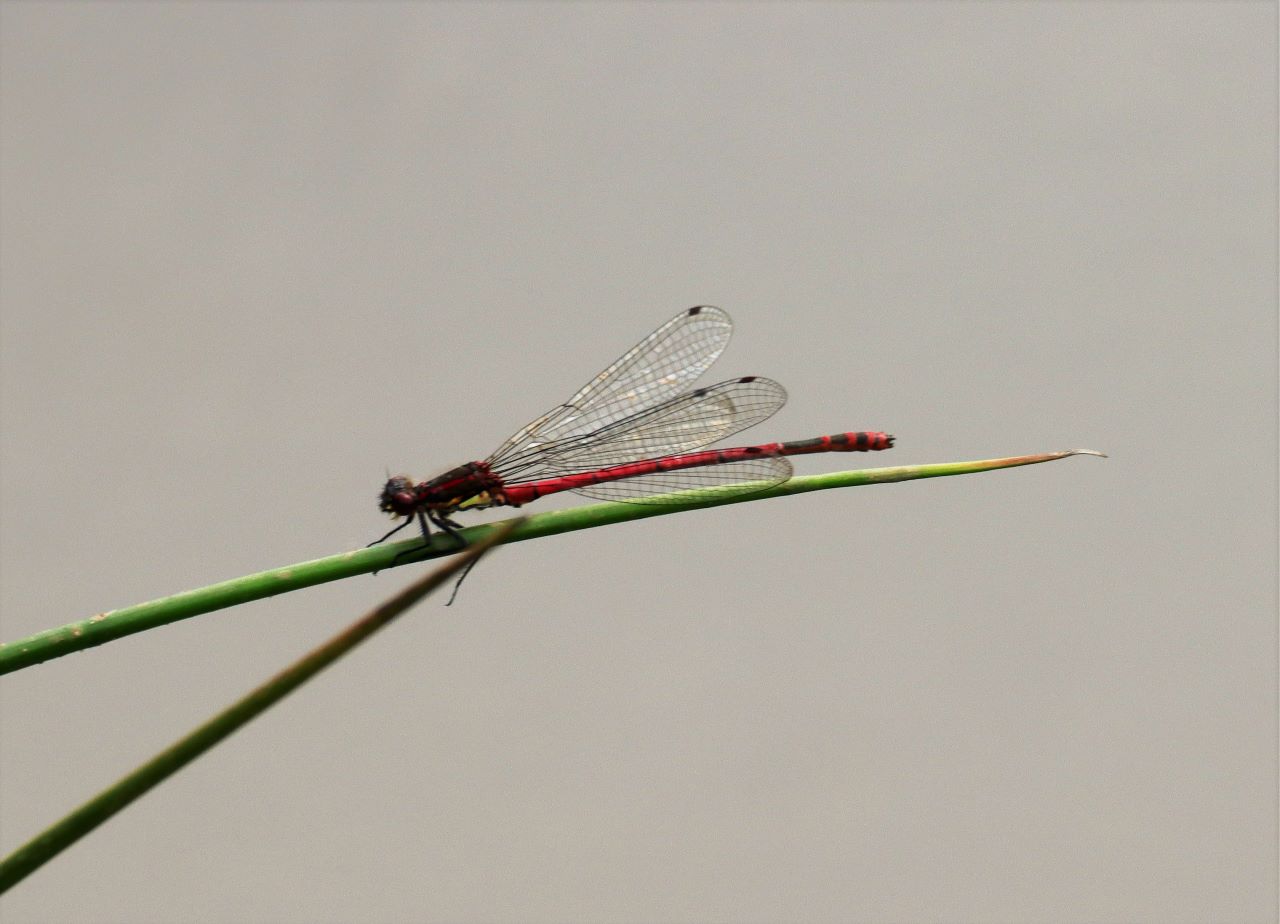
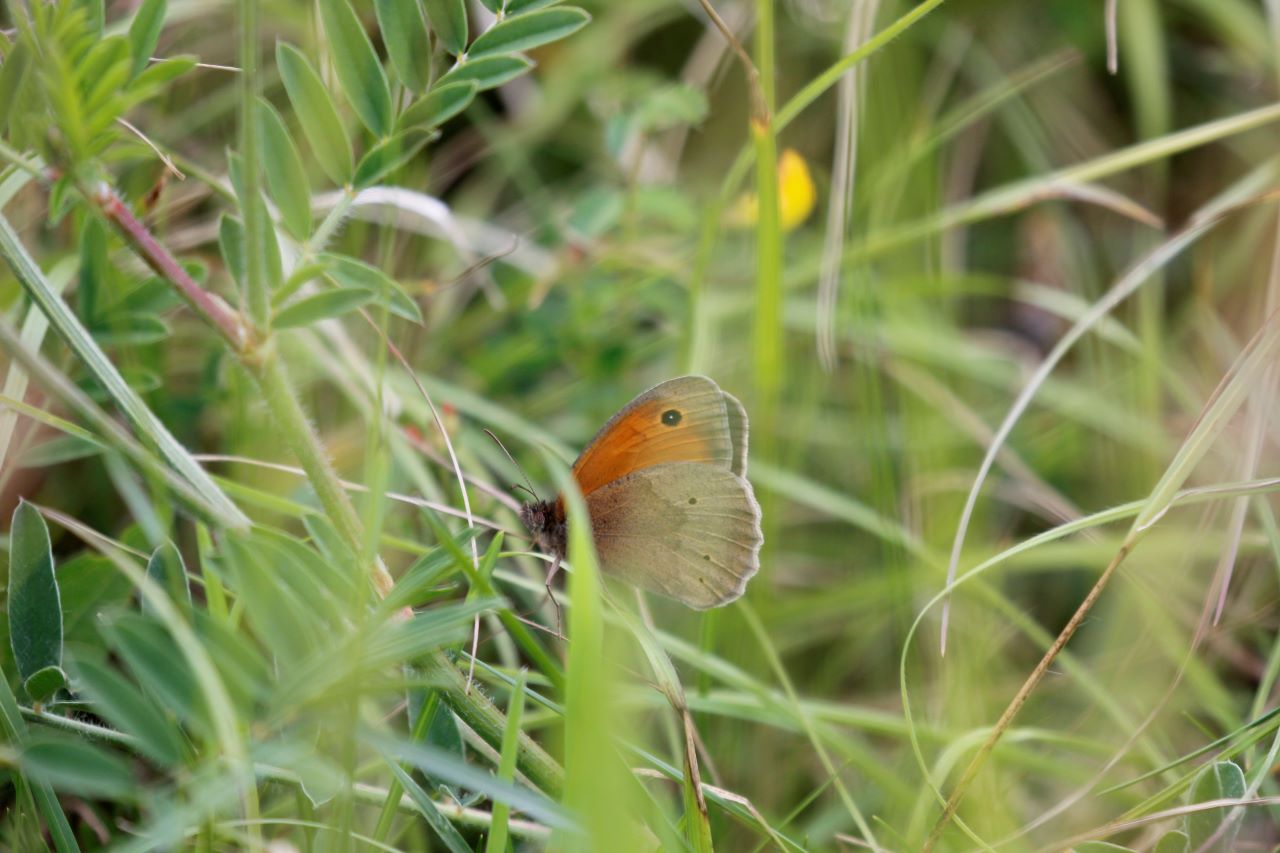
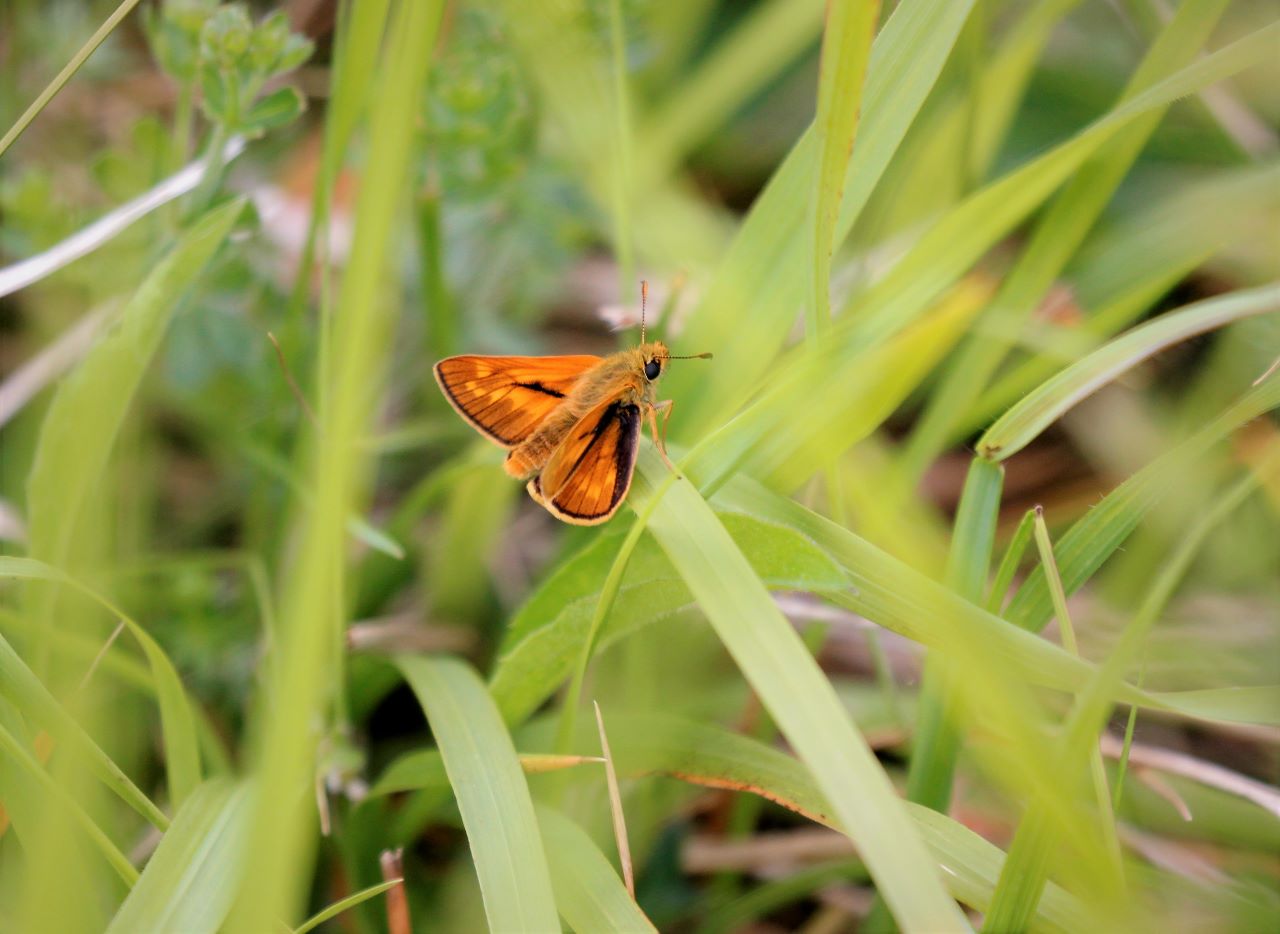
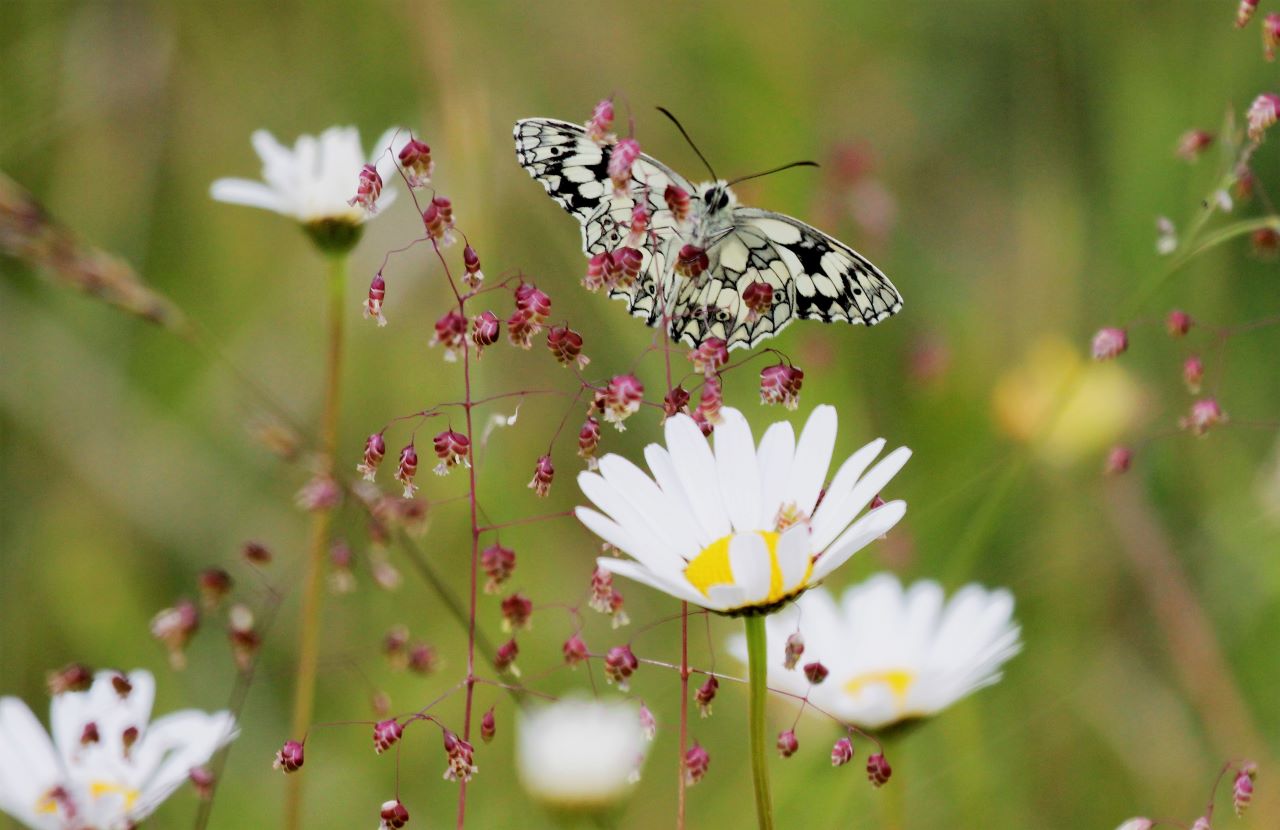
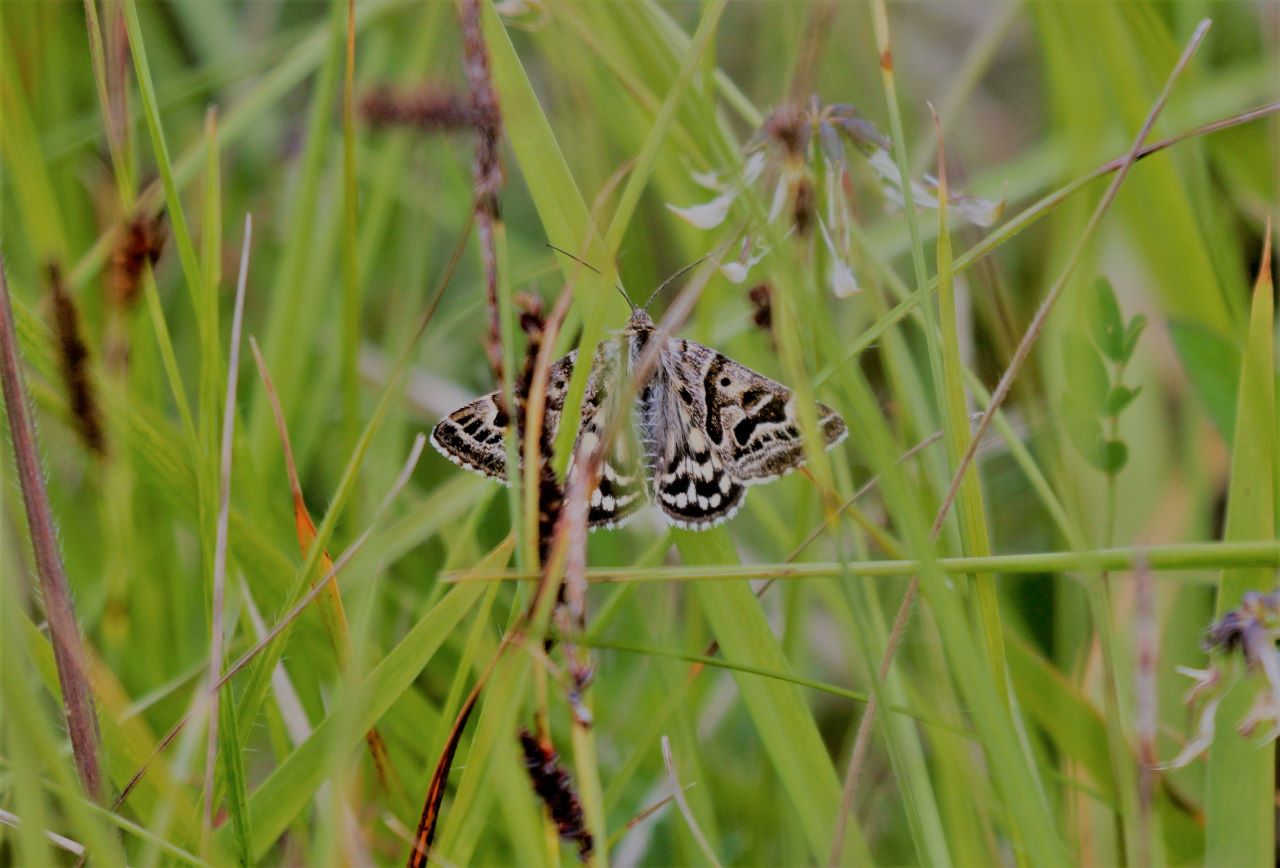

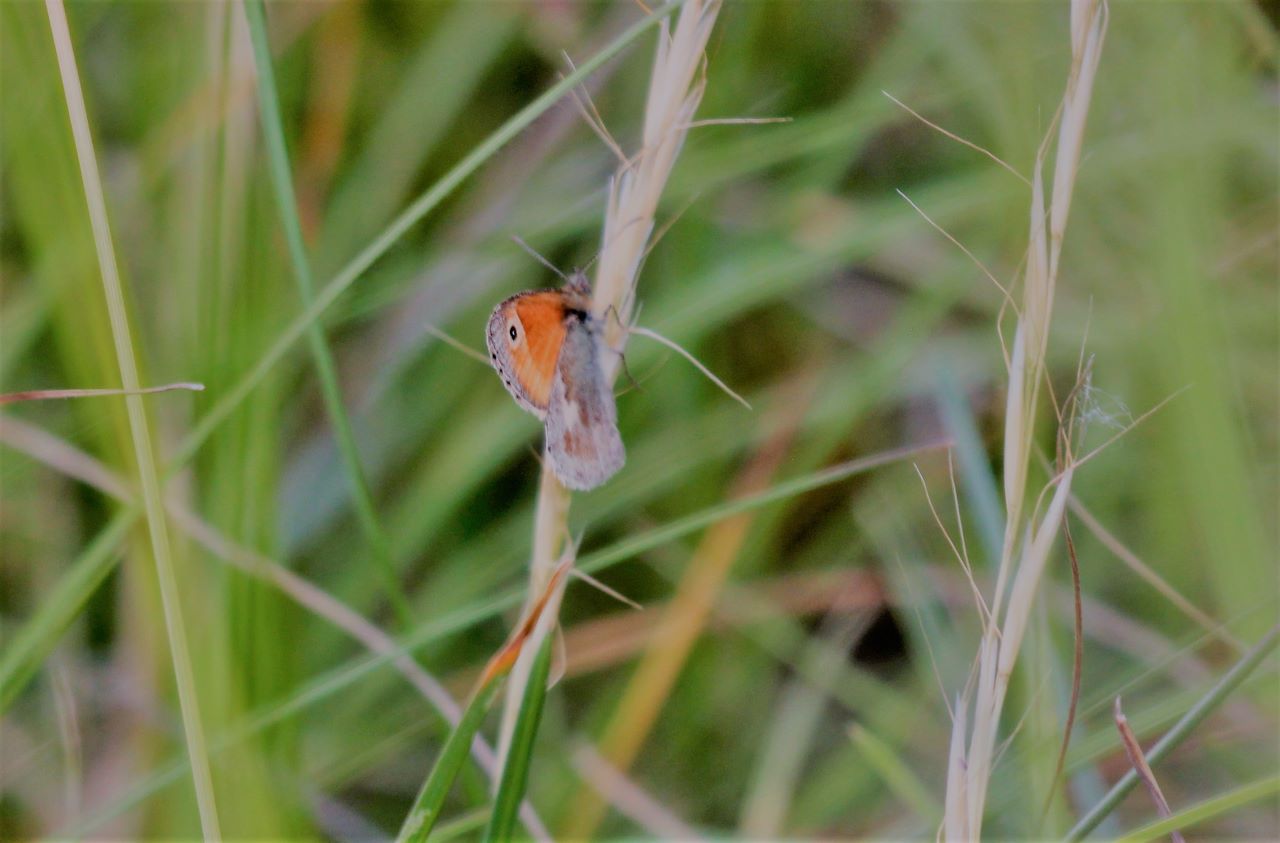

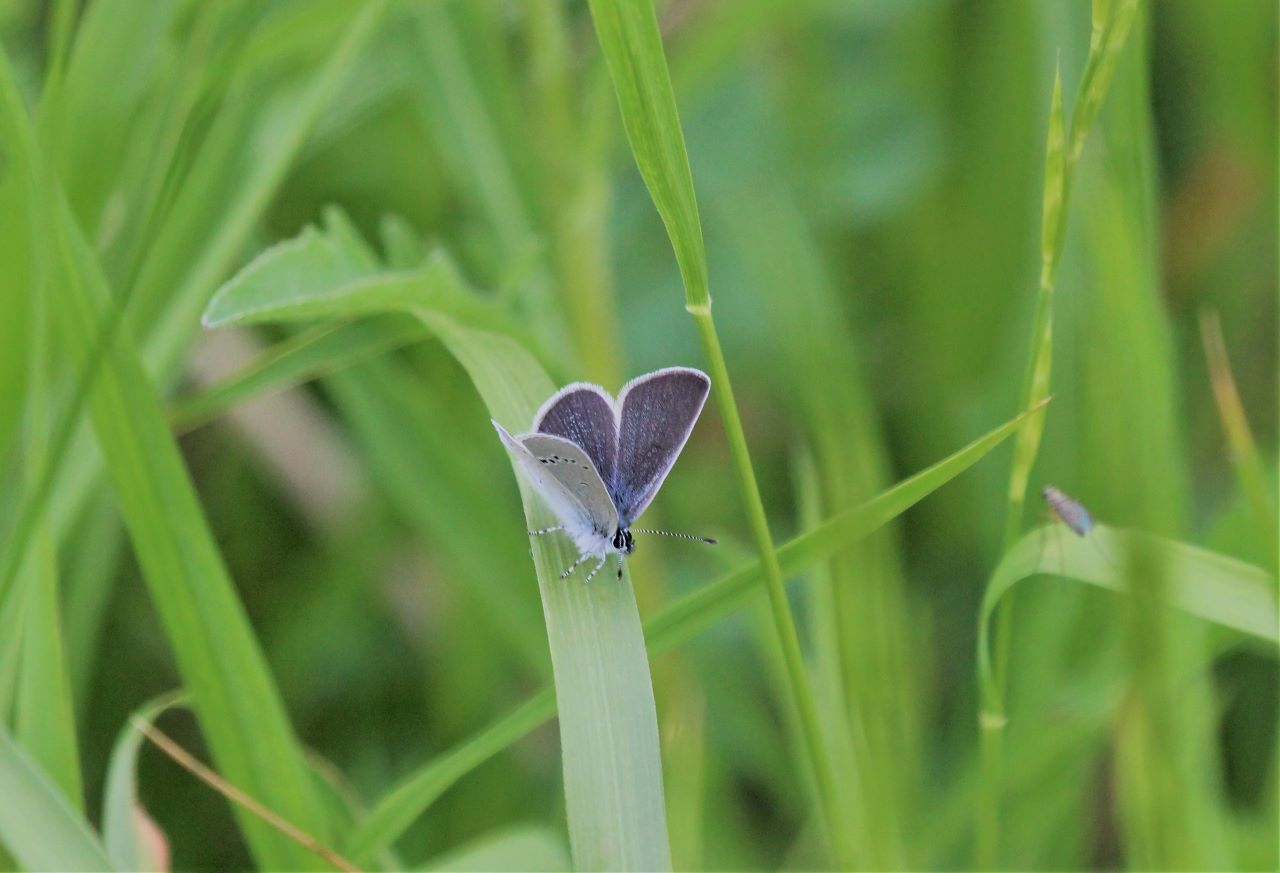
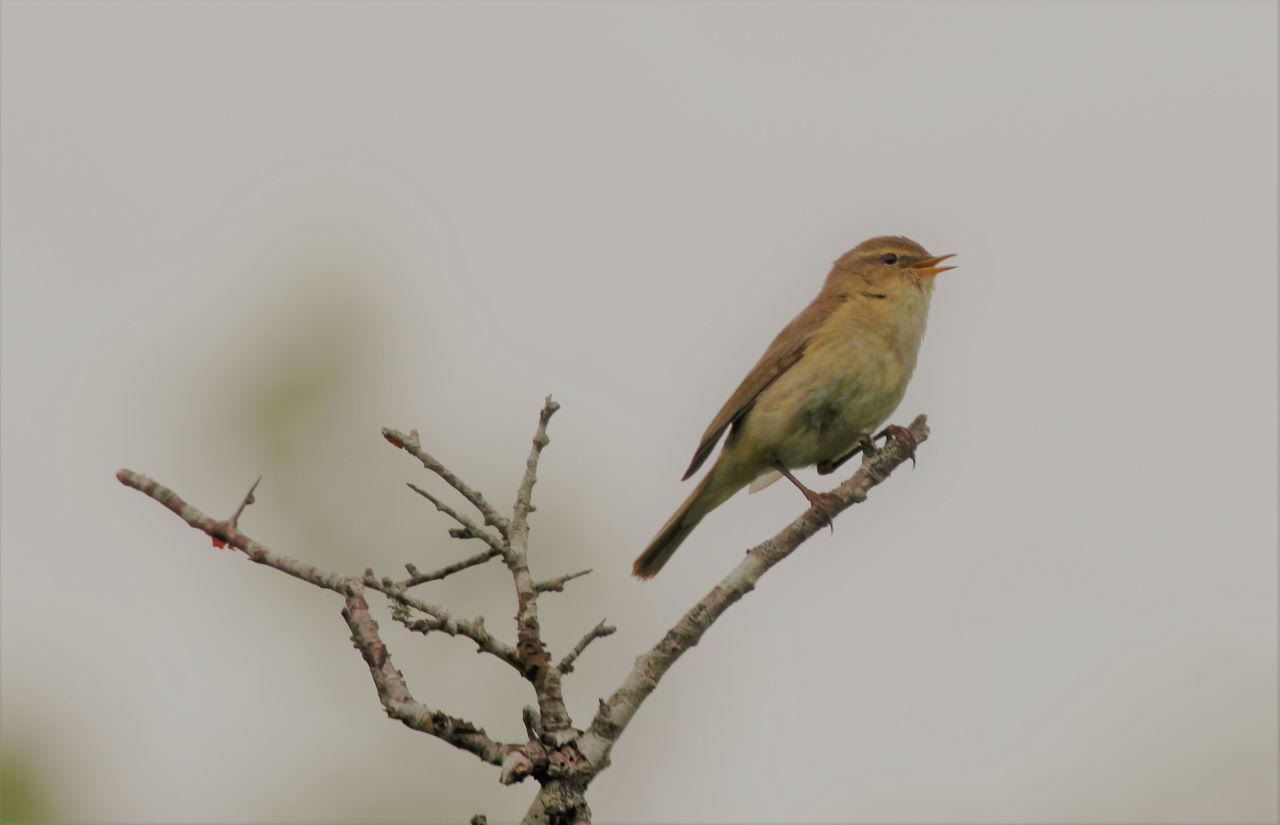
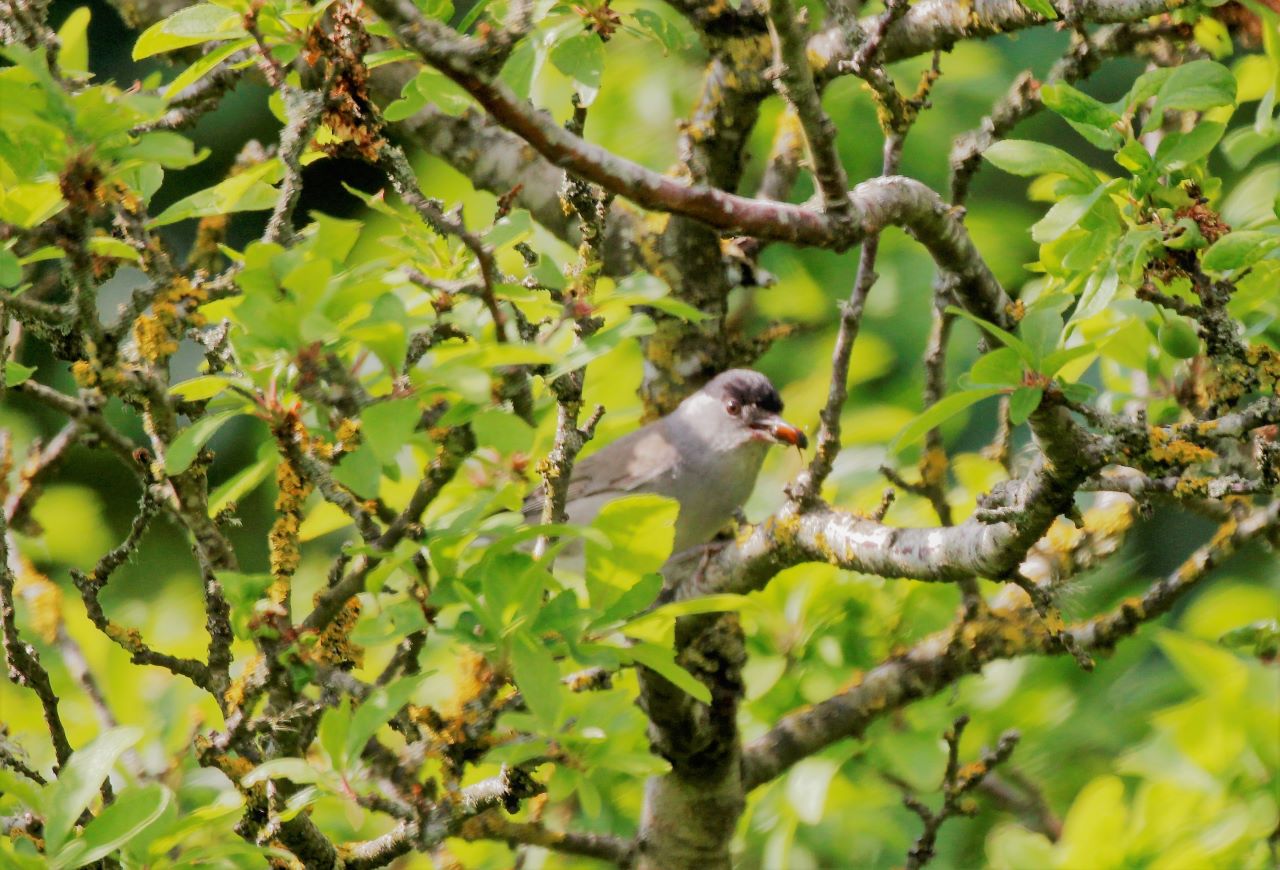
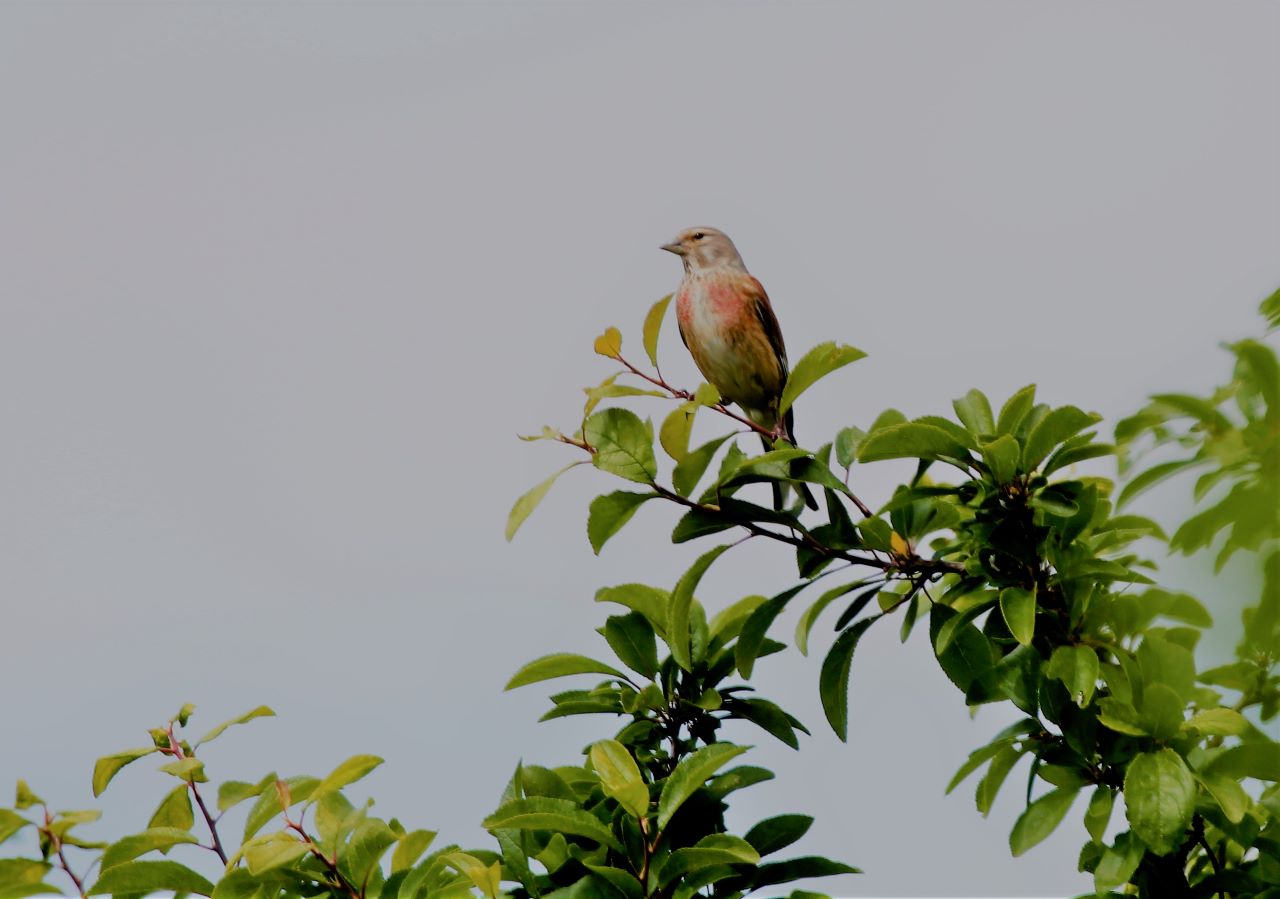




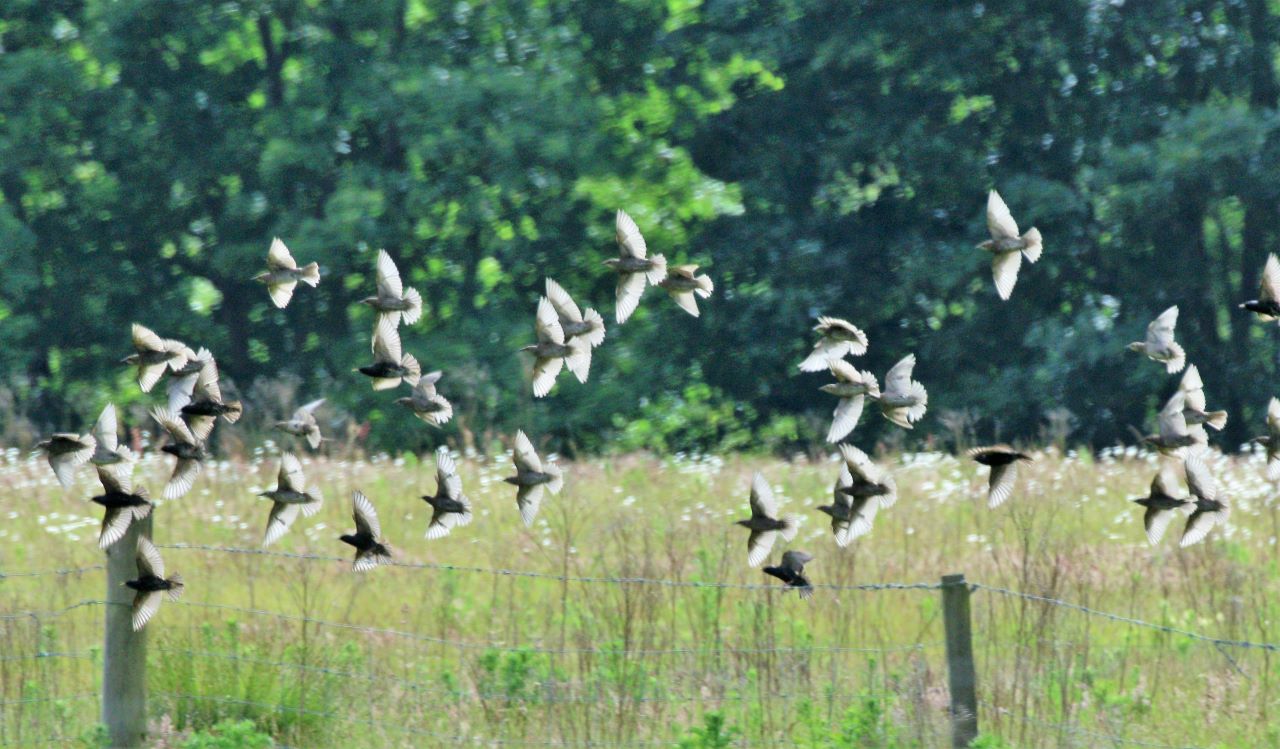


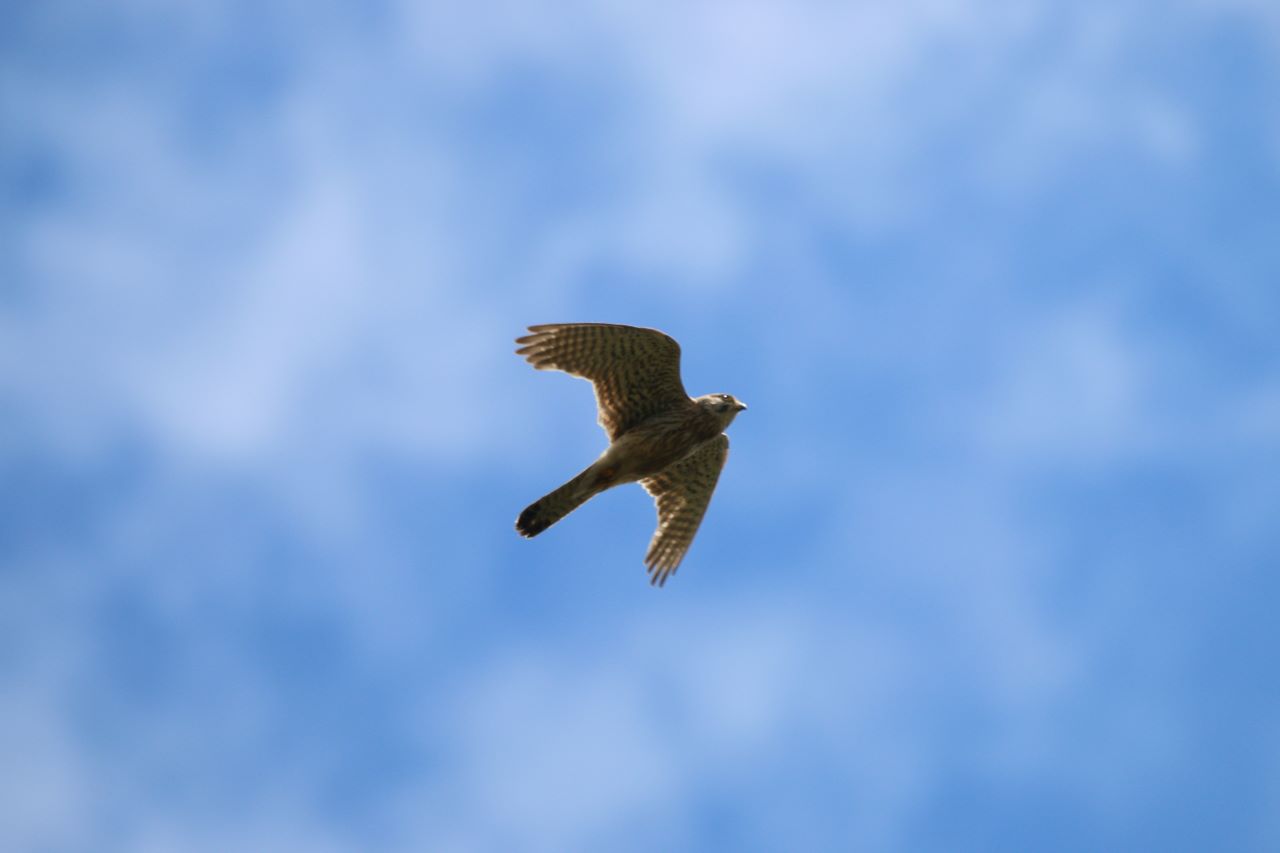
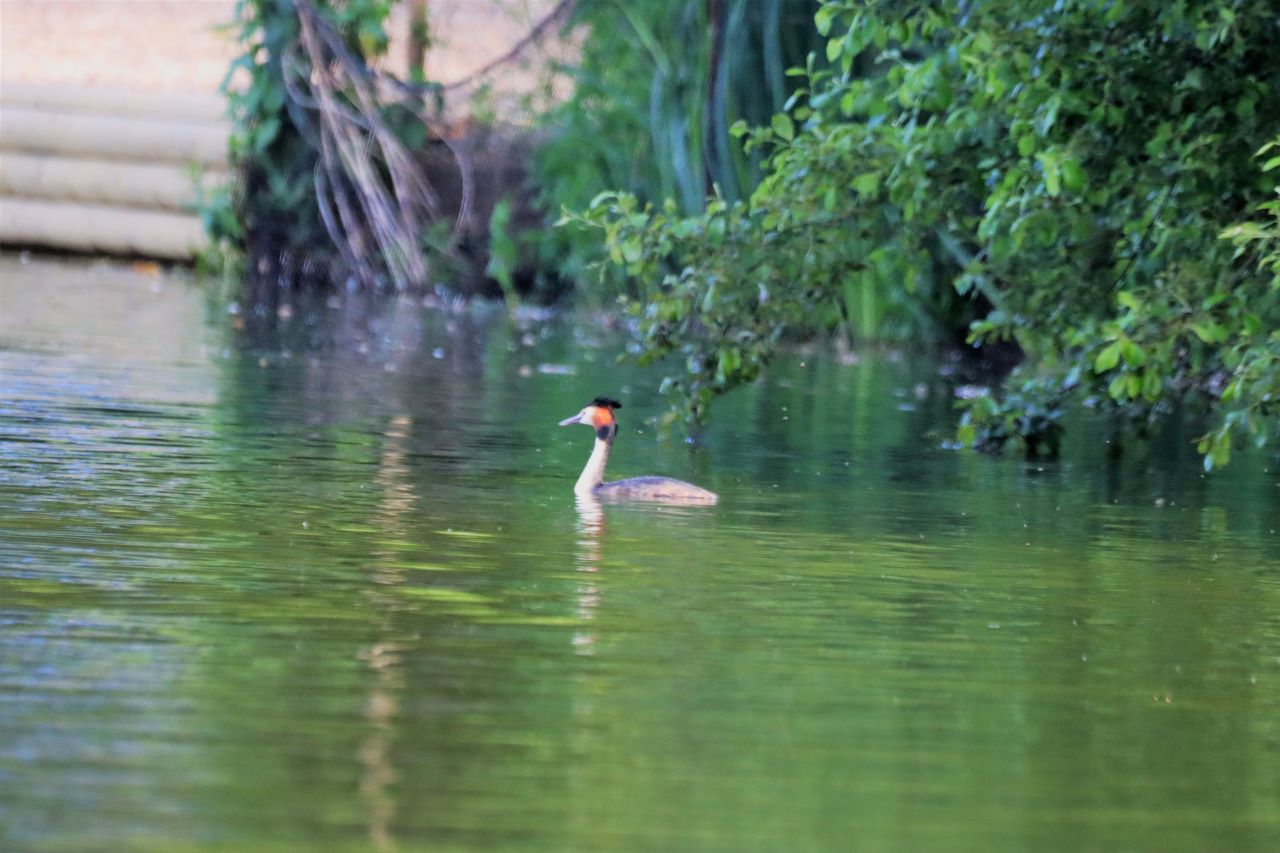

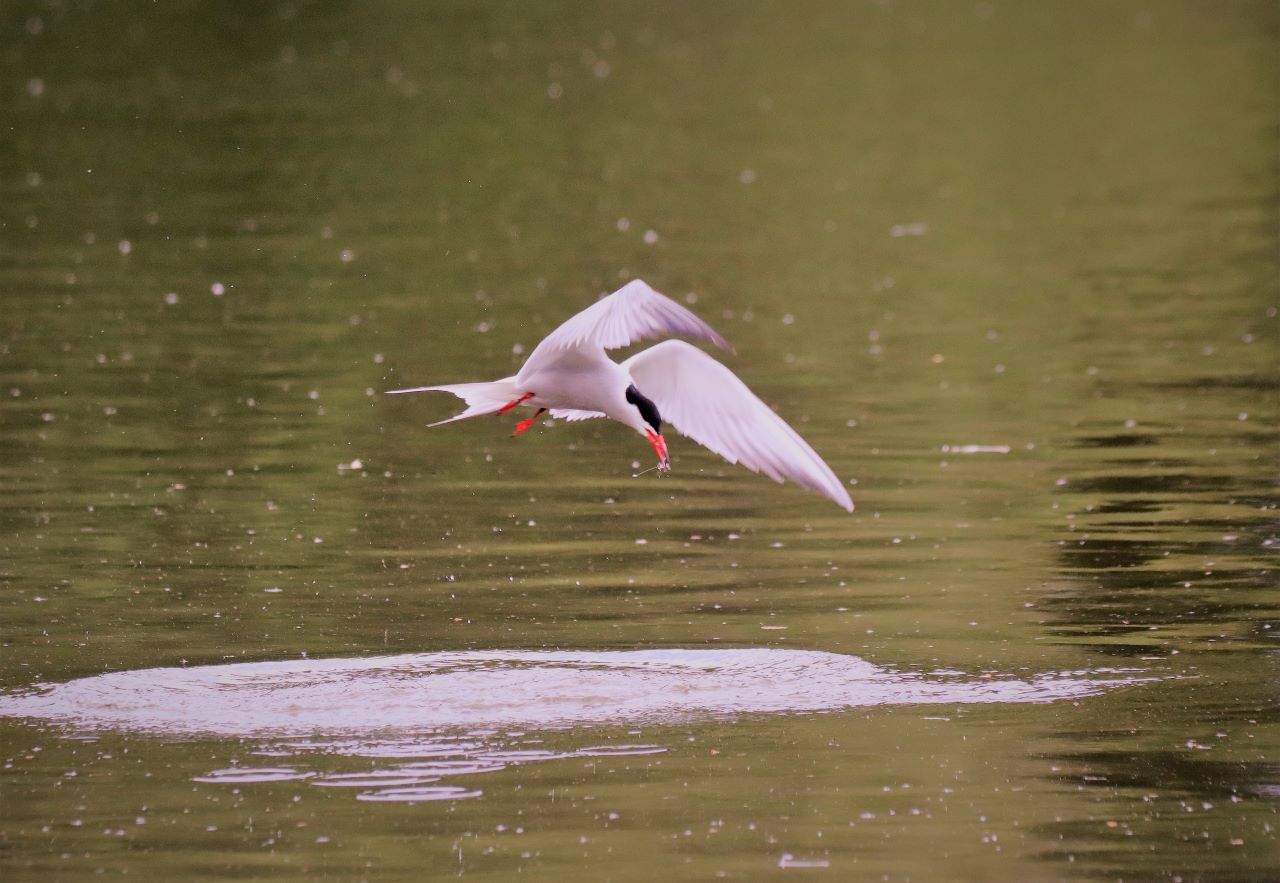

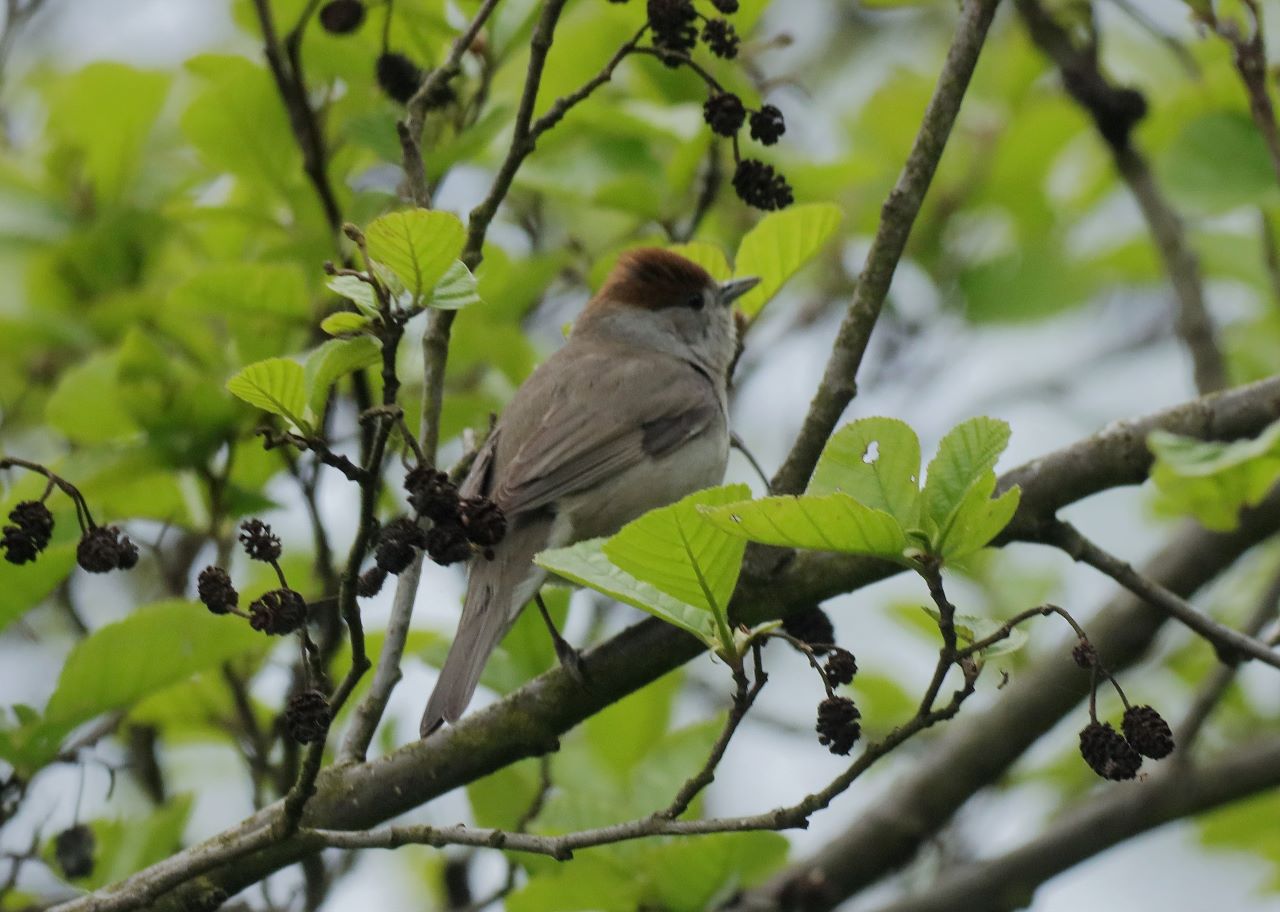
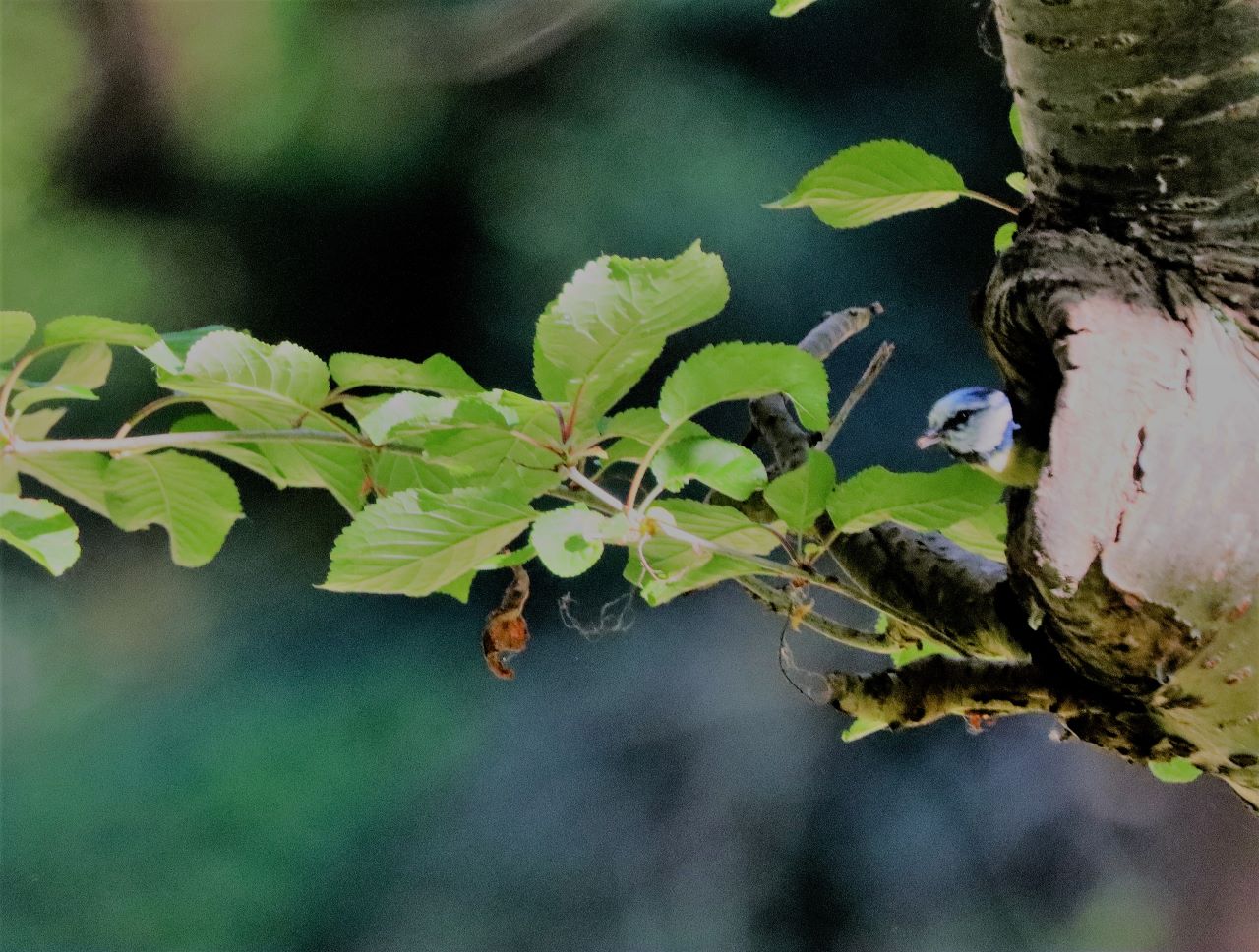
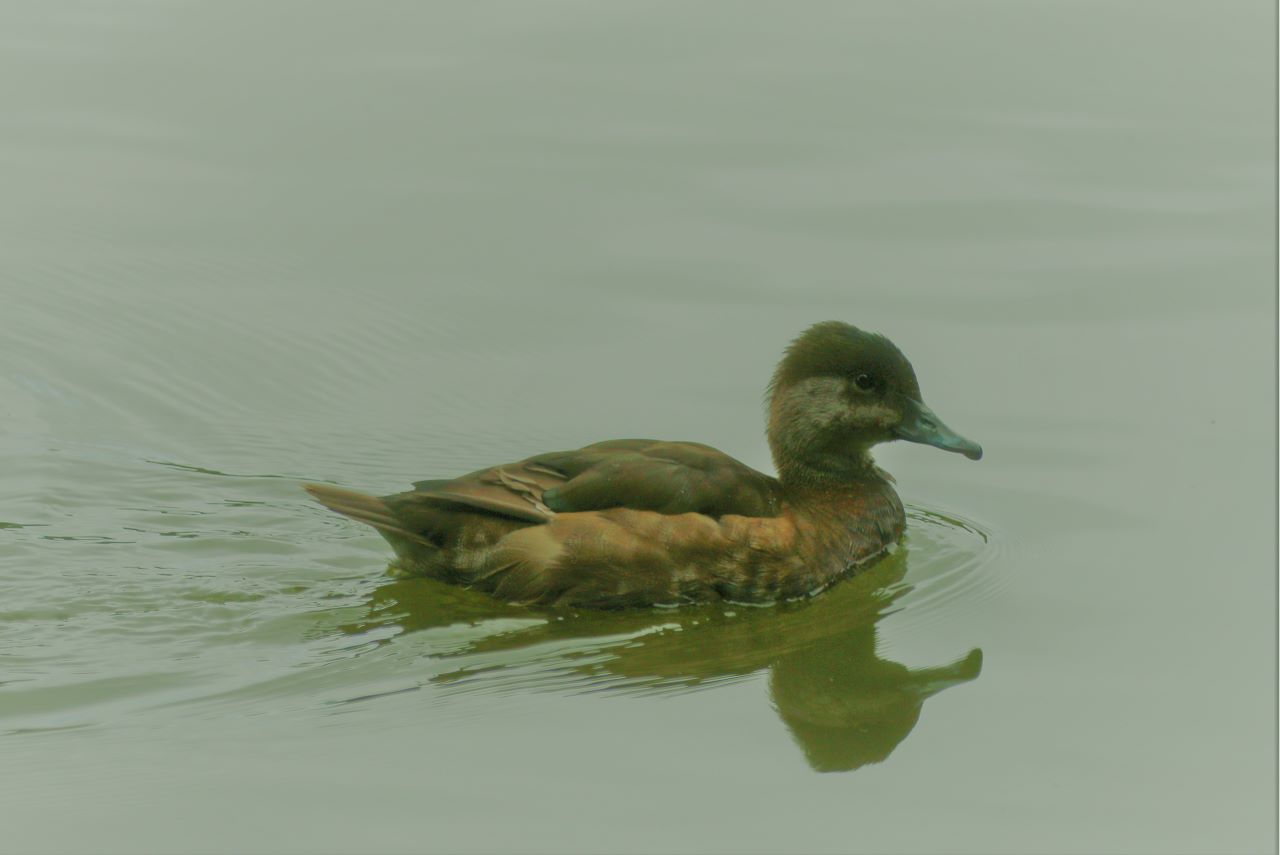

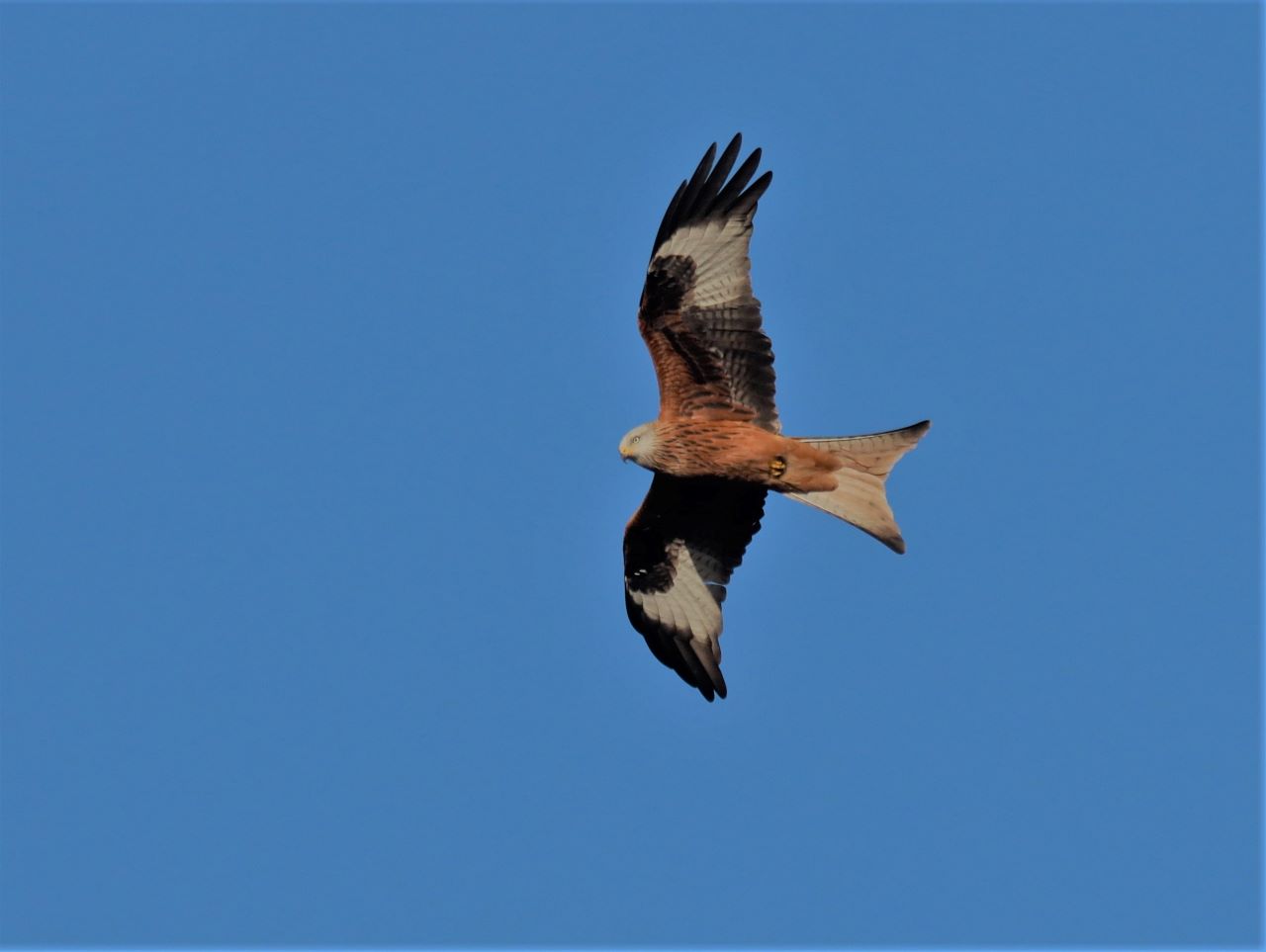
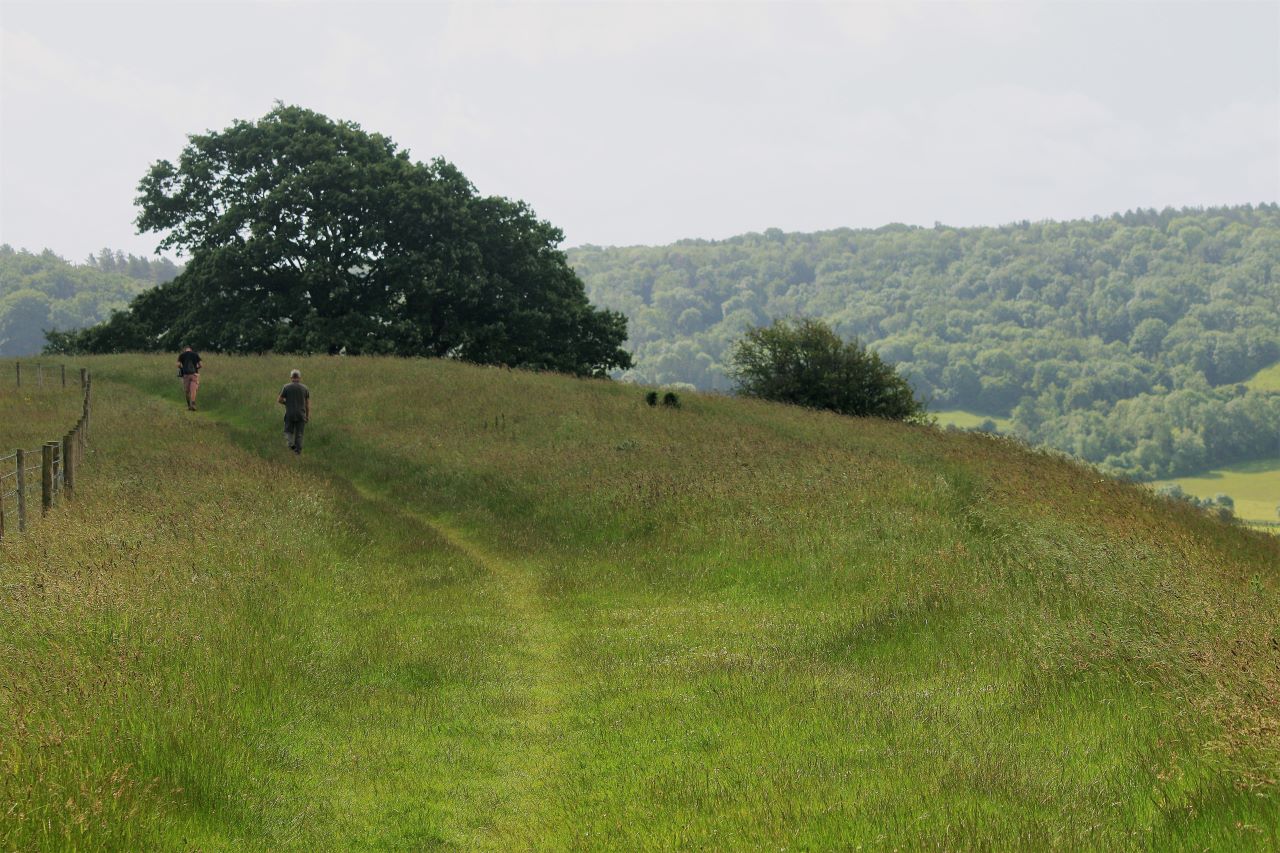

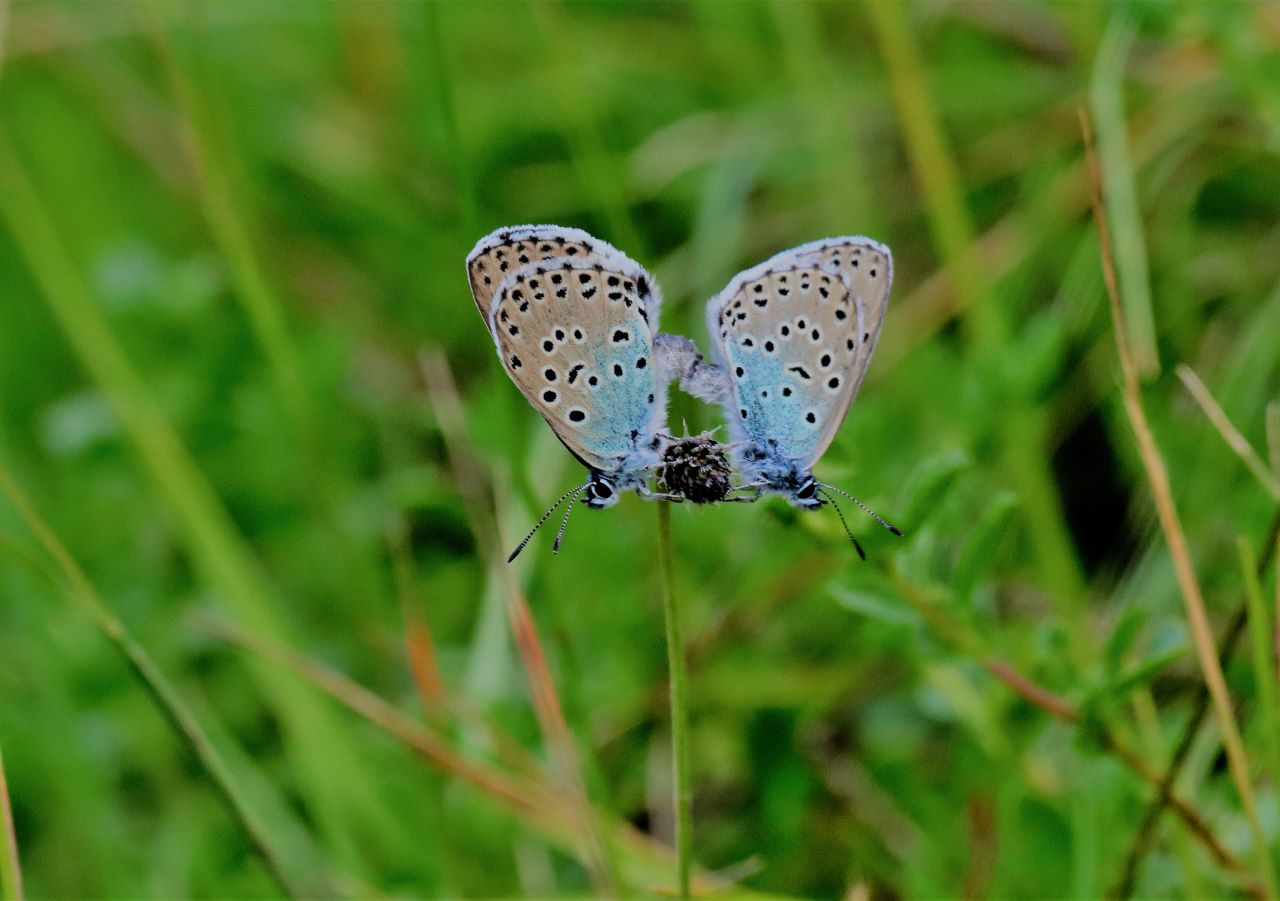
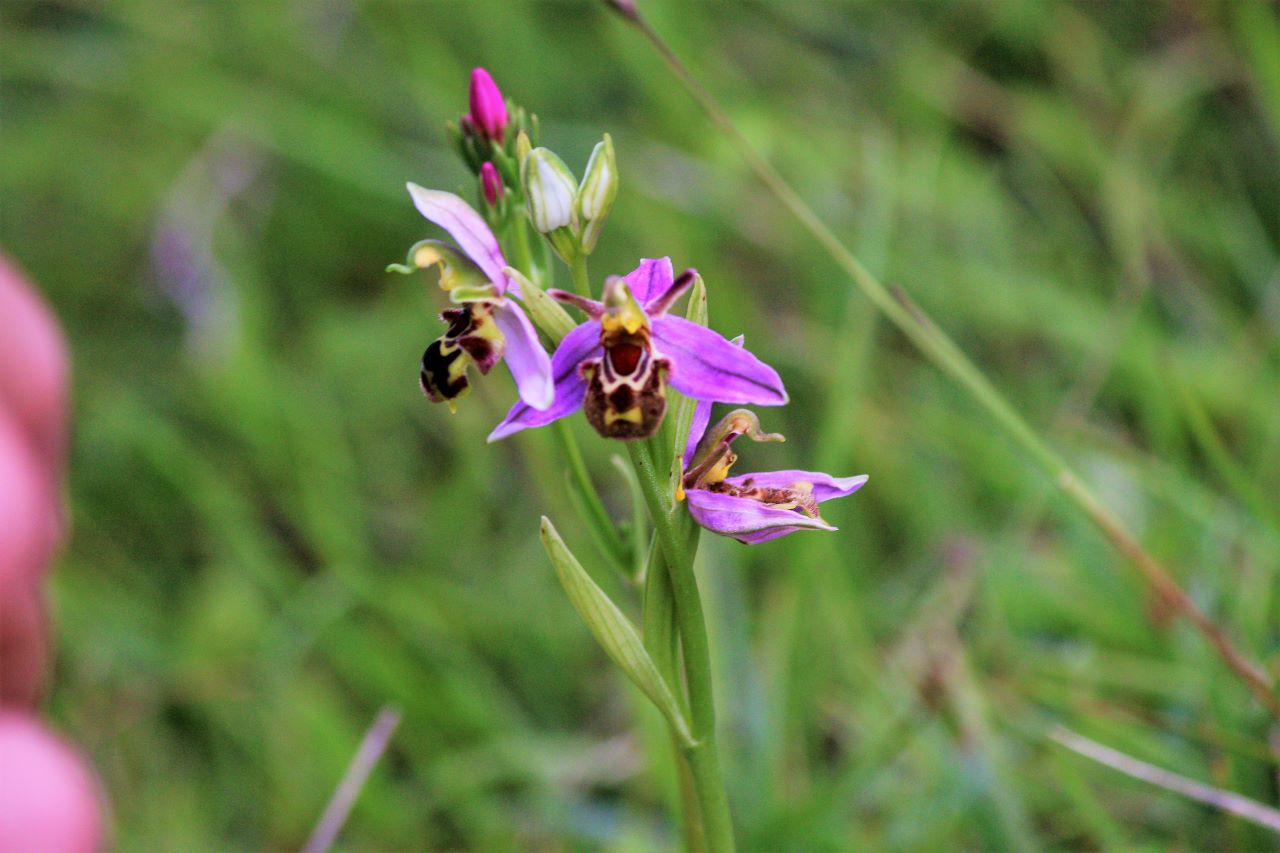
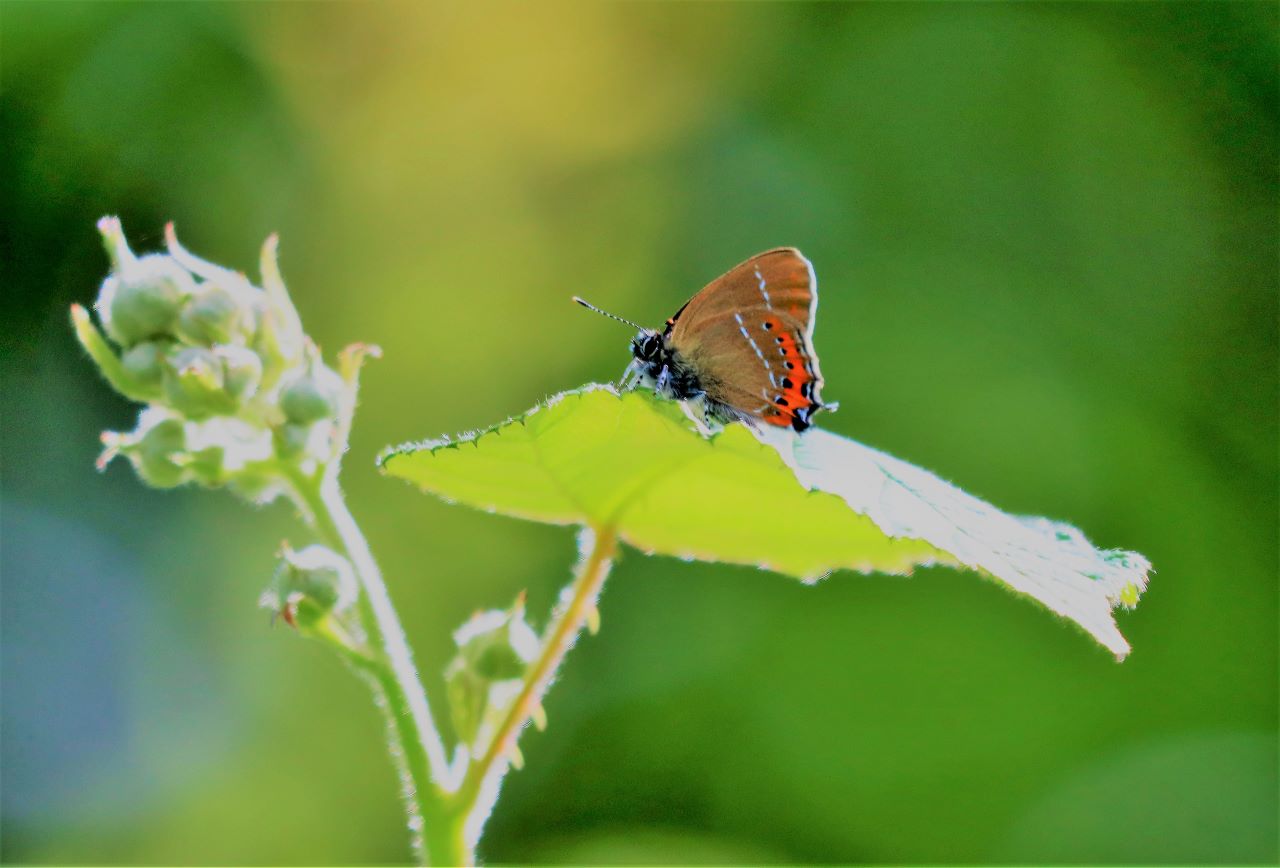
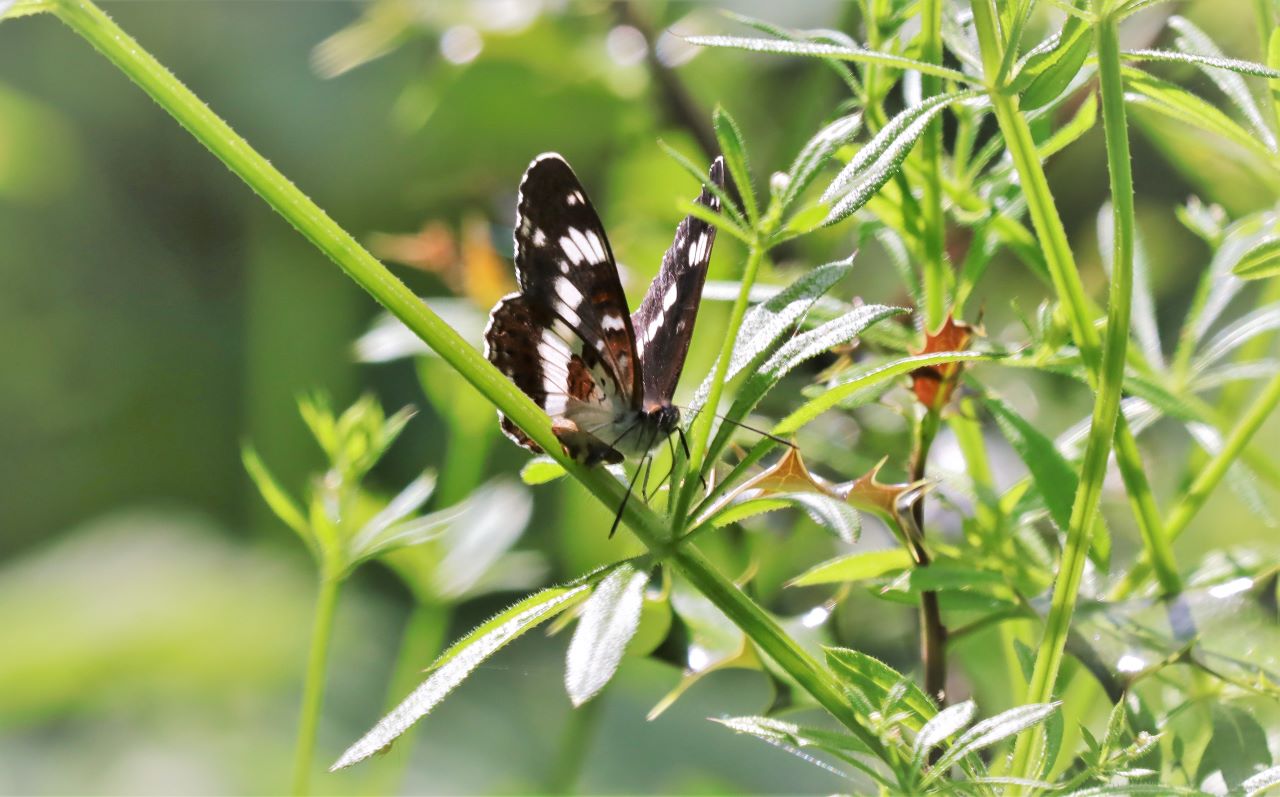






Harry Eve
June 21, 2022 at 7:42 pm
I wonder what Mother Shipton would have prophesied for Guildford. I am sure suggestions would be welcome.
Malcolm Fincham has captured her face well on the wing of the moth and she is, of course, facing herself on the opposite wing. Perhaps they are arguing with each other over the “Bacon and Eggs” – one of the larval foodplants.
Mother Shipton is supposed to have lived in a cave near Knaresborough and you can visit it – which is rather convenient for the local tourist industry.